 Abraham Lincoln
If given the truth, the people can be depended upon to meet any national crisis...
Abraham Lincoln
If given the truth, the people can be depended upon to meet any national crisis...
 Guildford news...
for Guildford people, brought to you by Guildford reporters - Guildford's own news service
Guildford news...
for Guildford people, brought to you by Guildford reporters - Guildford's own news service
Birdwatcher’s Diary No.171
Published on: 4 Oct, 2018
Updated on: 4 Oct, 2018
By Malcolm Fincham
An unexpected invite from my son and his wife took me away on a venture to Perranporth, Cornwall, during the third week of September.
Squeezing into the back of their car alongside my three-year-old grandson, with all my camera equipment, was quite a challenge, to say the least. Especially with all the cuddly dinosaur toys he was unwilling to part with for the journey. The biggest dinosaur in the car of course was me. Though he seemed content with my company.
On our arrival to Perranporth, our reception committee consisted of a large group of juvenile herring gulls.
Although my grandson was most intrigued and unintimidated by them, I had to agree distinguishing different forms of immature gulls wasn’t the easiest start to the world of ornithology, so we just called them “birdies” instead.
On a walk around the sand dunes I discovered several, large, hairy, brown caterpillars. These I recognised to be similar to the ones I had recently seen on my walks around the Surrey heathlands. A caterpillar of the fox moth, I believe.
A gregarious group of house sparrows formed small flocks on the brambles, as they sheltered in the depressions in the dunes, from a stiff breeze coming off the sea.
A little further on I discovered, several burrow holes and a rabbit actively on guard of one of them, on one of the hillocks.
At least four or five kestrels hovered over the area, suggesting there were plenty of smaller mammals around to be hunted.
At one stage, even a common buzzard joined in, trying to mimic the kestrels as it spent a while alongside them, using the headwind for its attempts to hover by.
Stonechats were a common sighting along the coastal paths.
Several wheatears could be picked out, skittishly flitting around on the heathland cliffs. Instantly recognisable by their white rumps.
It is quite understandable when seeing them how the name wheatear has derived from the Old English for ‘white’ (wheat) and ‘arse’ (ear), referring to their white rump of course!
Walking the coastal paths I always find to be quite exhilarating, especially on this occasion. The strong breeze was blowing in off the sea making the walk a little less precarious than it could have been. And looking out to sea from the rocky paths that lead out from Perranporth were, indeed, quite spectacular for their beautiful views.
A few fulmars flew in their stiff-winged fashion along the cliff face.
I looked out to sea beyond the waves that crashed against the coastline like white horses. (if you listen closely the faint booming of the waves crashing sounds like hundreds of hooves thundering along).
Gannets could be seen, diving like torpedoes from the sky into the water, catching fish.
Among the adults, a few immature ones could be seen with their darker markings.
In spite of the strong winds, a few butterflies could still be found in some of the more sheltered spots when the sun shone.
These included speckled wood butterflies.
As well as a few red admirals, feeding on ivy now starting to flower.
My most prized find was an unusual looking small copper butterfly. Taking a few photos, I realised it to be a rare aberrant, leucistic form of the species.
An aberration is a variation in the wing pattern of a butterfly species which is different in some way to the normal pattern. Aberrations are generally very rare. Some recur on a fairly regular basis. As a result, many have been specifically named. I had last seen one several years ago when visiting the Scillies. This particular one is apparently known as an “alba”.
Other highlights were on the wide expanse of sandy beach that spread out beyond the the main “tourist” area.
Along the craggy rocks of granite that parted the sand from the cliff face, rock pipits could be found.
Along this quiescent part of the beach, I was able to find a small group of half a dozen or so sanderlings. They were feeding on small aquatic insects in the sand.
Alongside them were a few ringed plovers.
A lone golden plover could also be seen nearby.
That was until they all suddenly all took flight, scattering in different directions. Curious at first by their their sudden panic I soon realised why!
Flying low past me, at speed, along the beach looking for a snack was a peregrine falcon. Surprised by such an event, I attempted a few passing shots of it.
Further up the beach I set eyes on a raven that had found some scraps of some kind to feed upon.
On our return from Cornwall it was not long before I back out in the local countryside looking for things to photograph. On September 24 I was alerted to reports of two cattle egrets, at Tice’s Meadow, near Tongham.
A rare sighting for Surrey. And, I believe, a first recording of two together in the county.
Although distant to view, I was content with a few record shots, having previously got some good close-up pictures of the species at Warblington, Hampshire, a short while back.
A call from my enthusiastic good friend Dougal in the early afternoon of Tuesday, September 25, set the wheels in motion for a trip to the Thames estuary at Gravesend, Kent. Reports had come through that a beluga whale had been sighted there earlier in the day. A rare sighting in the UK, and the first to be ever reported in the River Thames.
On our arrival there it wasn’t long before we could see the area from which it was surfacing.
A group of enthusiasts could also be seen and both BBC and Sky TV had helicopters flying overhead as the whale was making national news.
As we neared the area, I thought of possible headlines the tabloid press might use. Perhaps: “Beleaguered beluga trapped in the Thames,” and “Will it find its way back to the Arctic, or, sadly, meet its end at Gravesend?”
It wasn’t long (fortunately) before we had caught up with the growing group of spectators.
I took a few record shots as we watched it surface for a few moments, then once again disappear from sight below the water on numerous occasions.
A bonus for me as we began our long walk back to the car was to spot a clouded yellow butterfly, my first one this year! Although unable to add to my “Surrey sightings” for the year, a welcomed sighting none the less, and even managing a few, slightly, “out of focus” record shots with its wings open in flight.
The following day, a pre-arranged invite from another friend, Bob Smith, took me in the opposite direction for an early morning trip to Farlington Marshes, near Portsmouth. It was another glorious day with wall-to-wall blue sky and sunshine.
Highlights there were mostly of the wader kind. Although only adding spotted redshank to my year list of sightings. On a pleasant day such as it was, the birds were just a bonus addition to it.
They included: common redshanks.
And grey plovers, the latter some still changing from their summer plumage of contrasting black underbellies.
Although many of the migrating birds had already past through on their journey back to Africa, a few species could still be found lingering there.
A large gathering of groups of hirundines could be seen in the area, known as “the deeps”.
Swallows and house martins skimmed over the freshwater pools as they continued to feed up on the insect life there. They could occasionally be seen en mass, sweeping low enough to drink from the ponds, and at times even stopping briefly for a quick wash and brush-up in the water.
Among them were a few sand martins.
Probably my best pictures were of one of the several wheatears we saw that day.
It was long before I was back to making a few visit to my local “patch” at the Riverside Nature Reserve, near Burpham.
A kingfisher could frequently be observed from the lakeside, though often just as a flash of iridescent blue across the water. Although managing to get a few reasonable photos on one occasion as it perched, briefly, for a few moments on the island at the southern end of the lake.
A few cormorants had, once again, made a return to the lake.
Five or so tufted ducks had also made a return to winter there.
Walking the towpath of the River Wey one particular afternoon during the last week of the month, I sensed that I was being watched. Looking across the river to the far bank, I saw some movement at the base of a tree close to the riverbank. Two eyes were looking at me. It was a fox. On taking a few pictures it was soon aware it had been spotted. Slowly, it started to slink away, continuing to stop once in a while before “slipping off” into the undergrowth.
Several jays flew across the river, beaks and gullets appearing to be laden with acorns, that they had now begun to start collecting from the surrounding oaks.
Soon after a common buzzard, mobbed by a crow, was chased over the river.
A few days later a grey heron perched in a dead tree across the river a little further down stream, beak open, as if yawning.
The sound of long-tailed tits could be constantly heard as they followed each other in groups around the reserve. Another good year for them perhaps?
Close by their sides, chiffchaffs could often be seen.
Regular sightings of roe deer continued to be observed there.
A red kite drifted over the lake in my direction, circling over my head several times as if checking me out, before continuing on its journey.
A surprise sighting was a little grebe, flushed from the reed beds, near to where I stood.
Along the towpath an abundant growth of ivy was now, starting to flower. In areas where the sun shone, copious amounts of ivy bees could be seen, feeding on the nectar.
Ivy bees feed exclusively on the nectar of ivy flowers. To cash in on this autumnal bounty they emerge in mid- or late-September and are on the wing until early November.
Having mated, a female ivy bee digs her burrow in loose earth or sand. She lays several eggs which she supplies with pollen as food for the grubs when they hatch. She dies after a few weeks, but the grubs pupate and become adults, staying underground until the following autumn.
They are entirely harmless – males do not have stings at all while females have tiny ones, similar to a weak nettle sting and are very reluctant to use them.
The lack of competition for the niche is probably the main reason they’ve spread so fast in Britain – they don’t have much competition for food or nesting sites, and no parasites either, so are free to spread across the country where there’s ivy, and nice sandy soil to tunnel in. Climate change is not thought to be a major cause of its spread.
The only other species were a few varieties of hover-flies, I have a problem to name.
I had no problem, however, recognising the hornet that had joined them, feeding on the nectar.
Our native hornet (Vespa crabro), is shy in comparison, eats moths and large bees. It hunts both during the day and at night and is not particularly aggressive even near its nest.
I was also confronted with a moment of Déjà vu as the month came to its end. Having reported on a surprise sighting of a large brown rat feeding on blackberries up a tree, in my previous report.
This time I found myself face to face with a much younger one in exactly the same area I saw the last one, but lower down in the brambles, feeding on the remainder of blackberries.
“How strange!” I thought as I stood no more than feet away from it as it continued to munch on another blackberry, unperturbed by my presence.
As the month came to a close there was a definite feel of autumn in the air. Out of the warm sunshine one could feel a distinct chill in the air. Evenings were closing in and the leaves on trees were turning.
Responses to Birdwatcher’s Diary No.171
Leave a Comment Cancel reply
Please see our comments policy. All comments are moderated and may take time to appear. Full names, or at least initial and surname, must be given.Recent Articles
- Letter: Stoke Mill Needs Protection
- Letter: Why Is No One Applying to Waverley Council’s CIL Review Scheme?
- Highways Bulletin: Supporting You Through Local Roadworks
- Warning Over Rising Risk of Type 2 Diabetes in Guildford
- Letter: The Lack of Political Will to Fix the CIL Issue at Waverley Is Worrying
- Notice: Heritage for All
- Letter – Waverley Council’s Answers on CIL Just Don’t Make Sense
- Cyclist Seriously Injured in East Clandon Collision – Police Seek Witnesses
- GBC Admits ‘Significant Failings’ Over Couple’s Home Improvement Ordeal
- Community Governance Review Explainer



Recent Comments
- Maria Dobson on Letter: The Lack of Political Will to Fix the CIL Issue at Waverley Is Worrying
- Ian Colvin on Letter: The Lack of Political Will to Fix the CIL Issue at Waverley Is Worrying
- S Callanan on A3100 Guildford to Godalming Portsmouth Road Re-opened
- Tony Harrison on A3100 Guildford to Godalming Portsmouth Road Re-opened
- Murray Rowlands on Woking Council’s Big Bailout – Government Gives Extra £75m
- Peta Malthouse on Pay Rise for Joint Guildford-Waverley CEO Agreed
Search in Site
Media Gallery
Dragon Interview: Local Artist Leaves Her Mark At One of England’s Most Historic Buildings
January 21, 2023 / No Comment / Read MoreDragon Interview: Lib Dem Planning Chair: ‘Current Policy Doesn’t Work for Local People’
January 19, 2023 / No Comment / Read MoreA3 Tunnel in Guildford ‘Necessary’ for New Homes, Says Guildford’s MP
January 10, 2023 / No Comment / Read More‘Madness’ for London Road Scheme to Go Ahead Against ‘Huge Opposition’, Says SCC Leader
January 6, 2023 / No Comment / Read MoreCouncillor’s Son Starts Campaign for More Consultation on North Street Plan
December 30, 2022 / No Comment / Read MoreCounty Council Climbs Down Over London Road Works – Further ‘Engagement’ Period Announced
December 14, 2022 / No Comment / Read MoreDragon Interview: GBC Reaction to the Government’s Expected Decision to Relax Housing Targets
December 7, 2022 / No Comment / Read MoreHow Can Our Town Centre Businesses Recover? Watch the Shop Front Debate
May 18, 2020 / No Comment / Read More



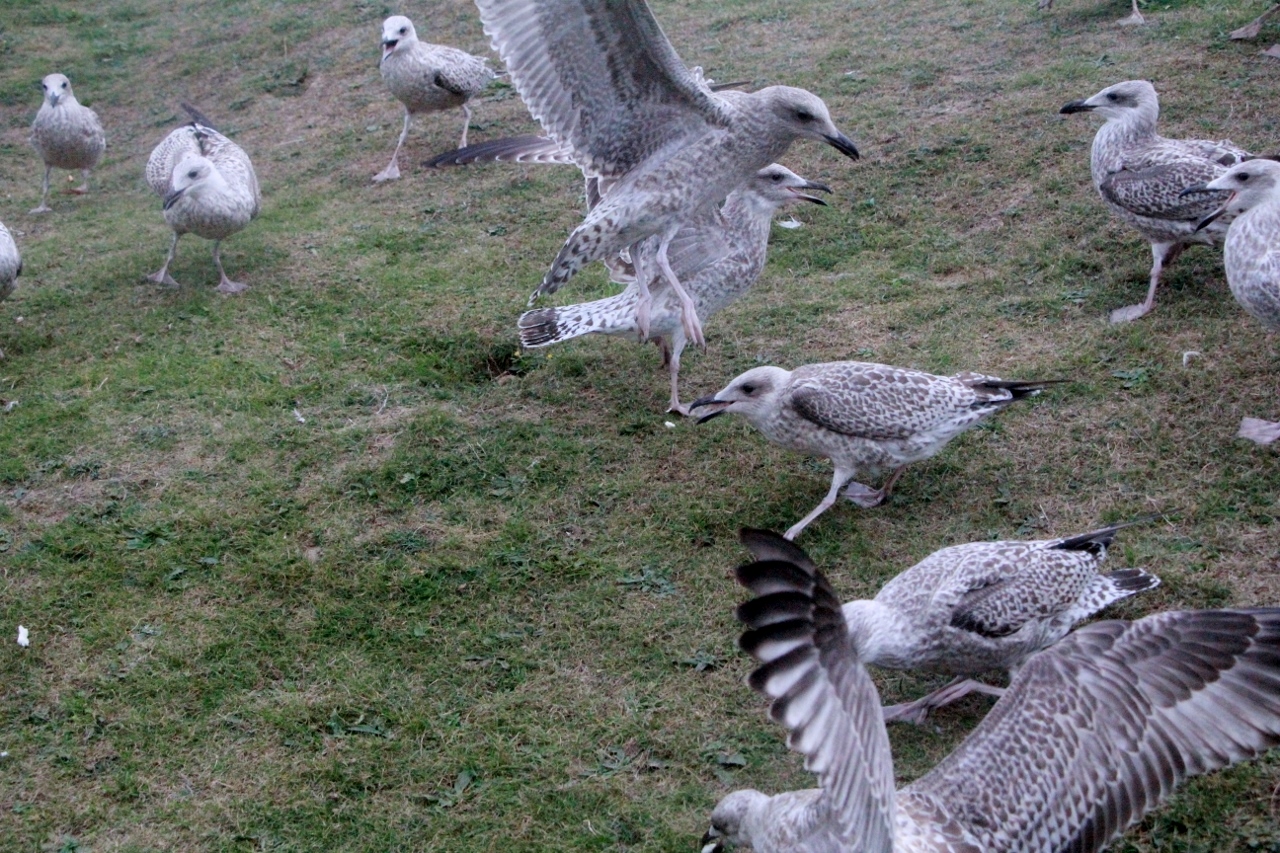

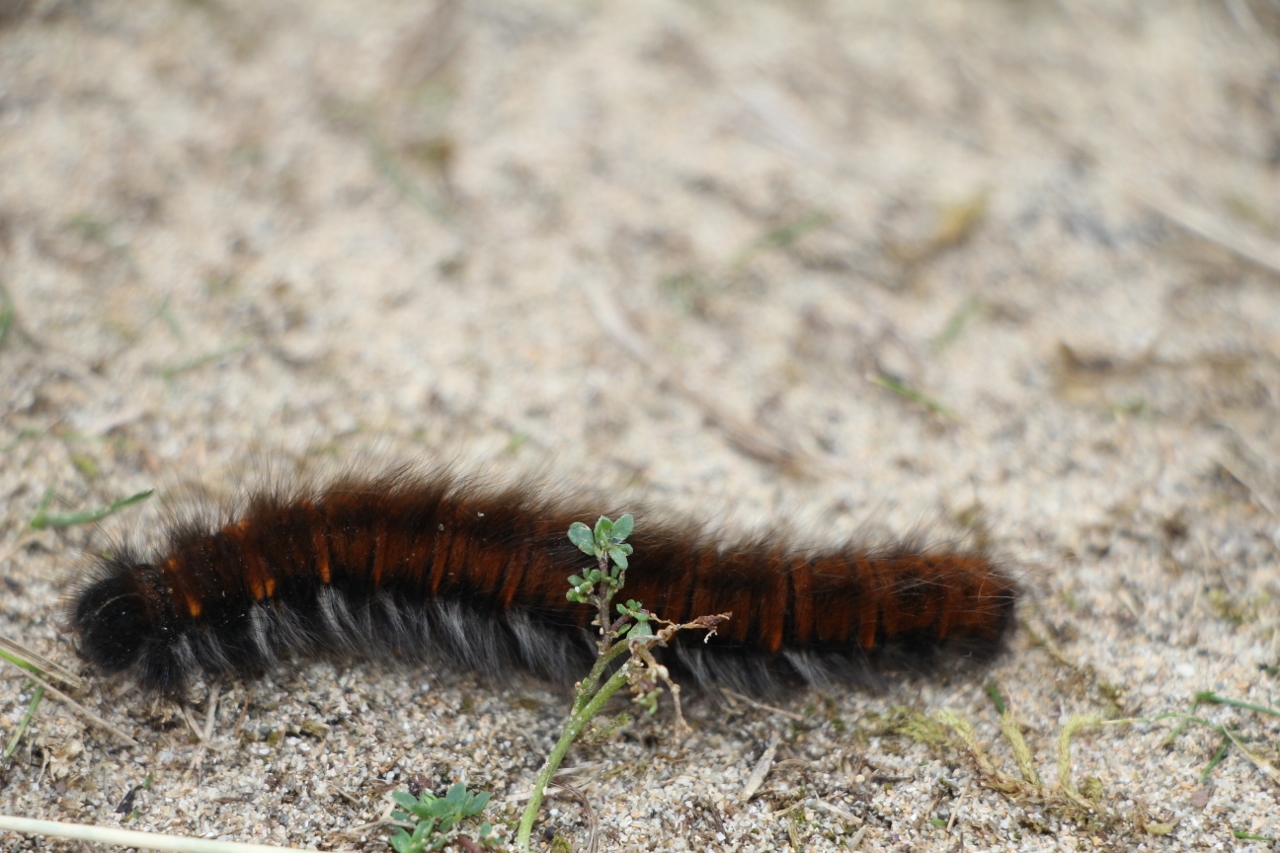
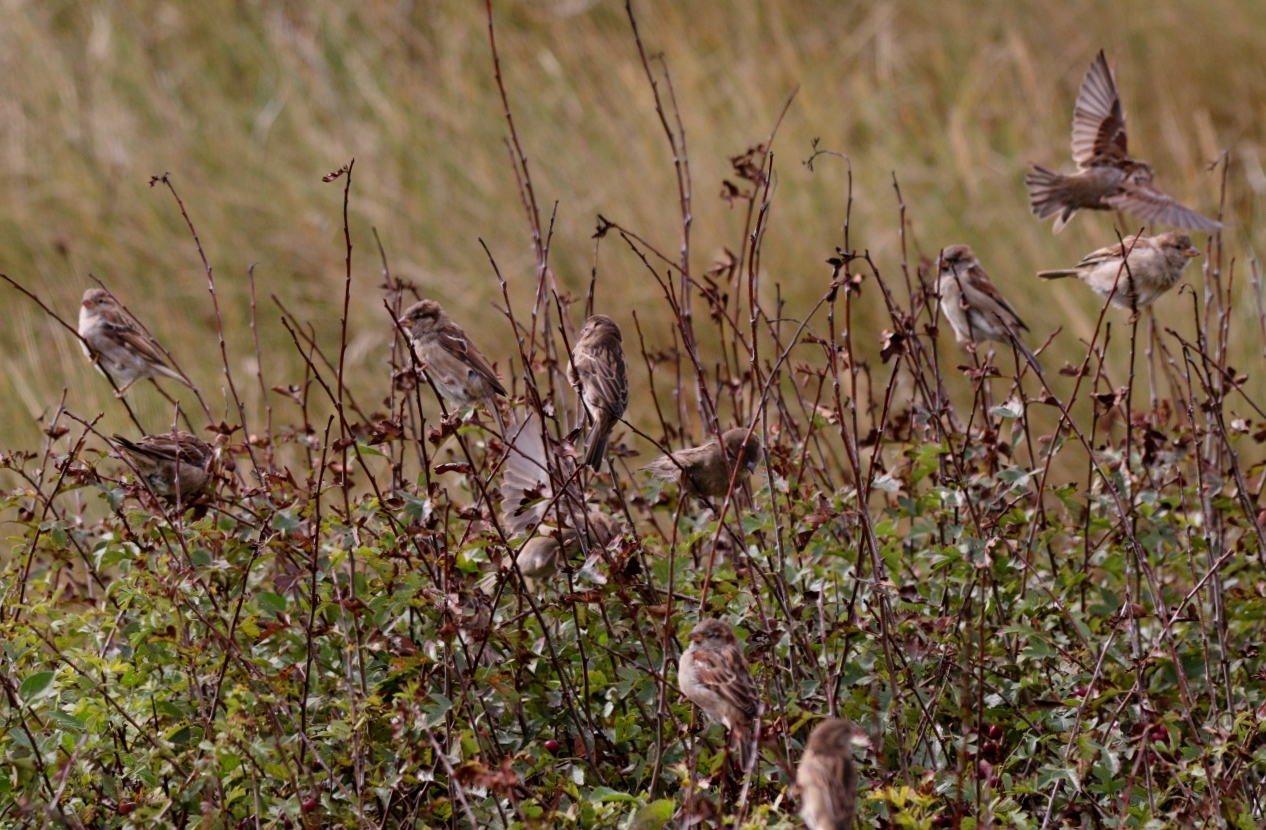


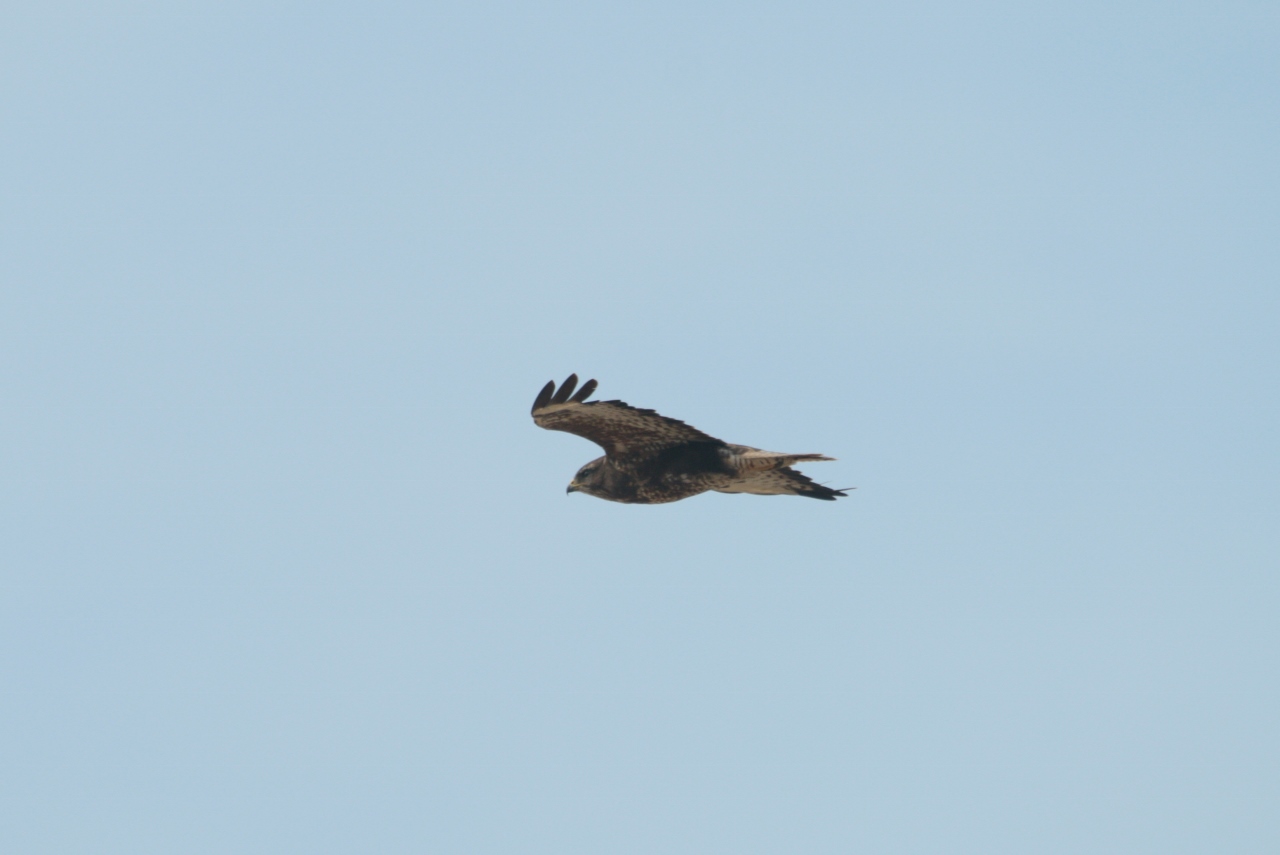
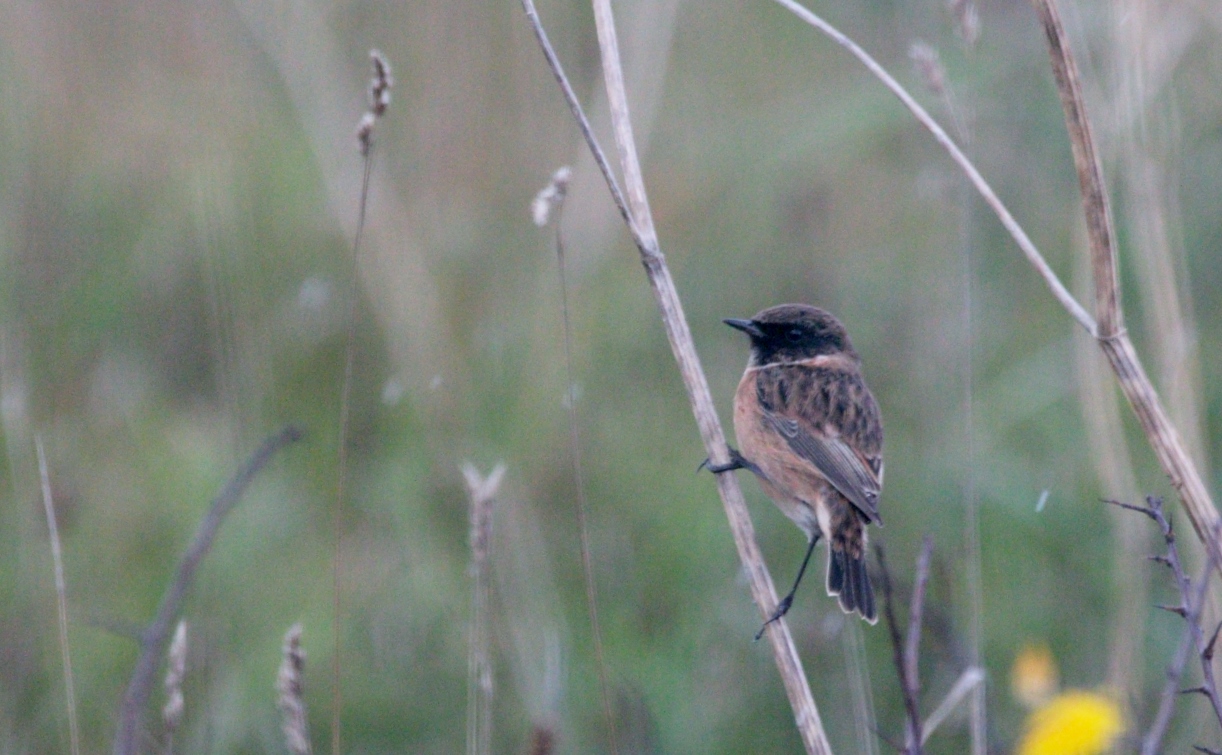
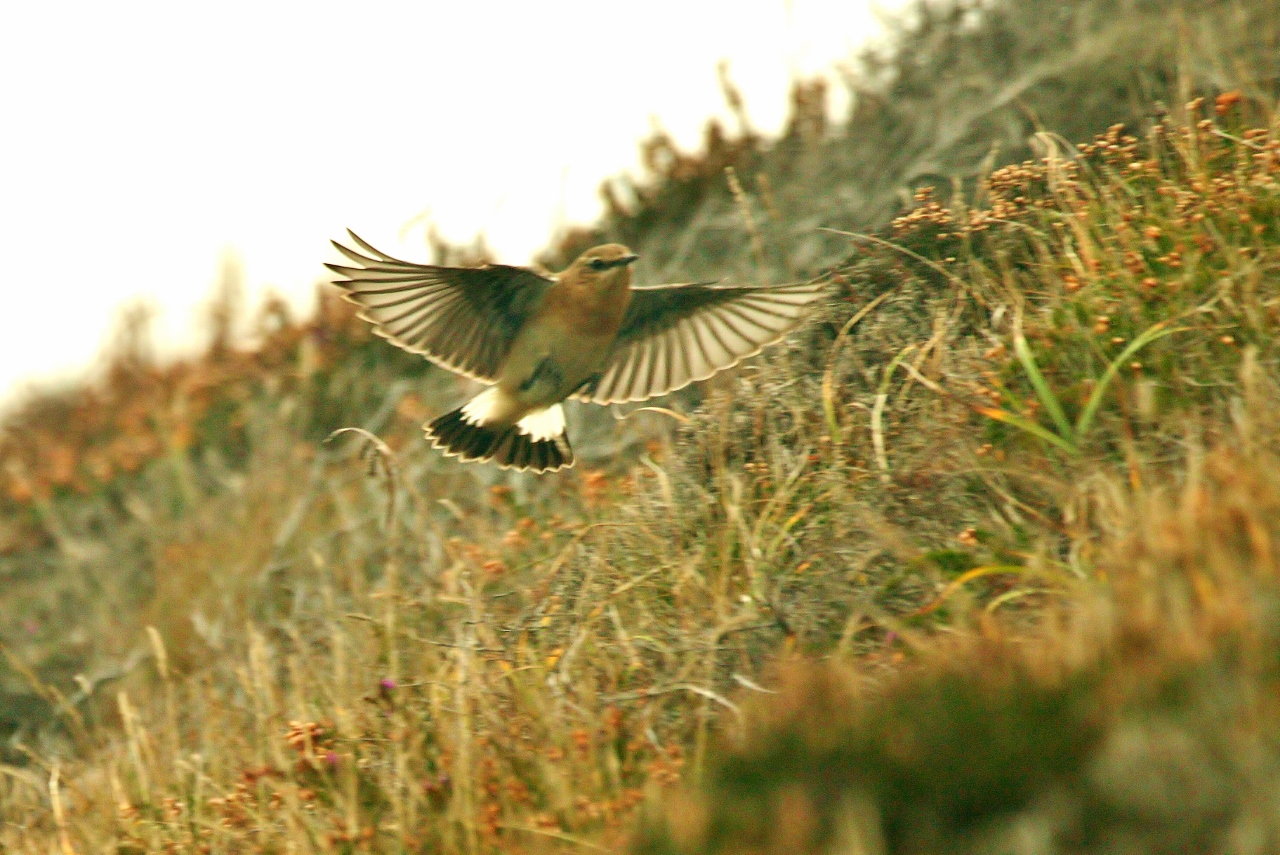

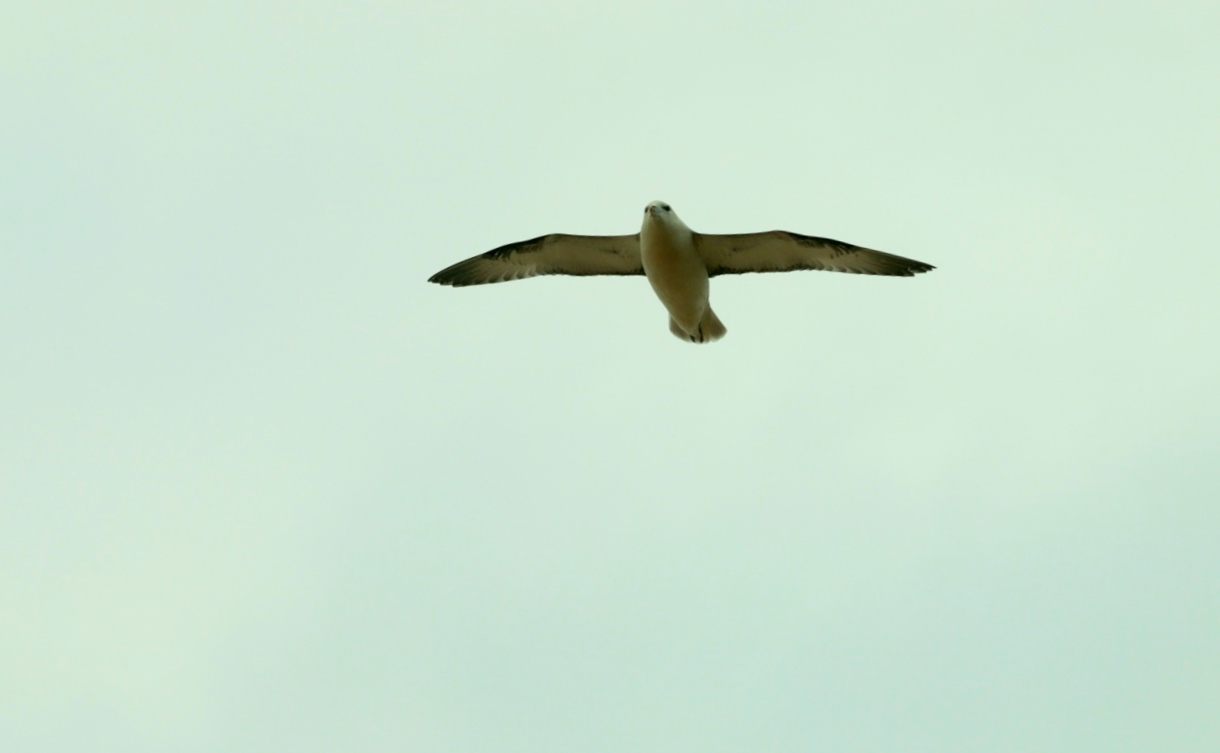

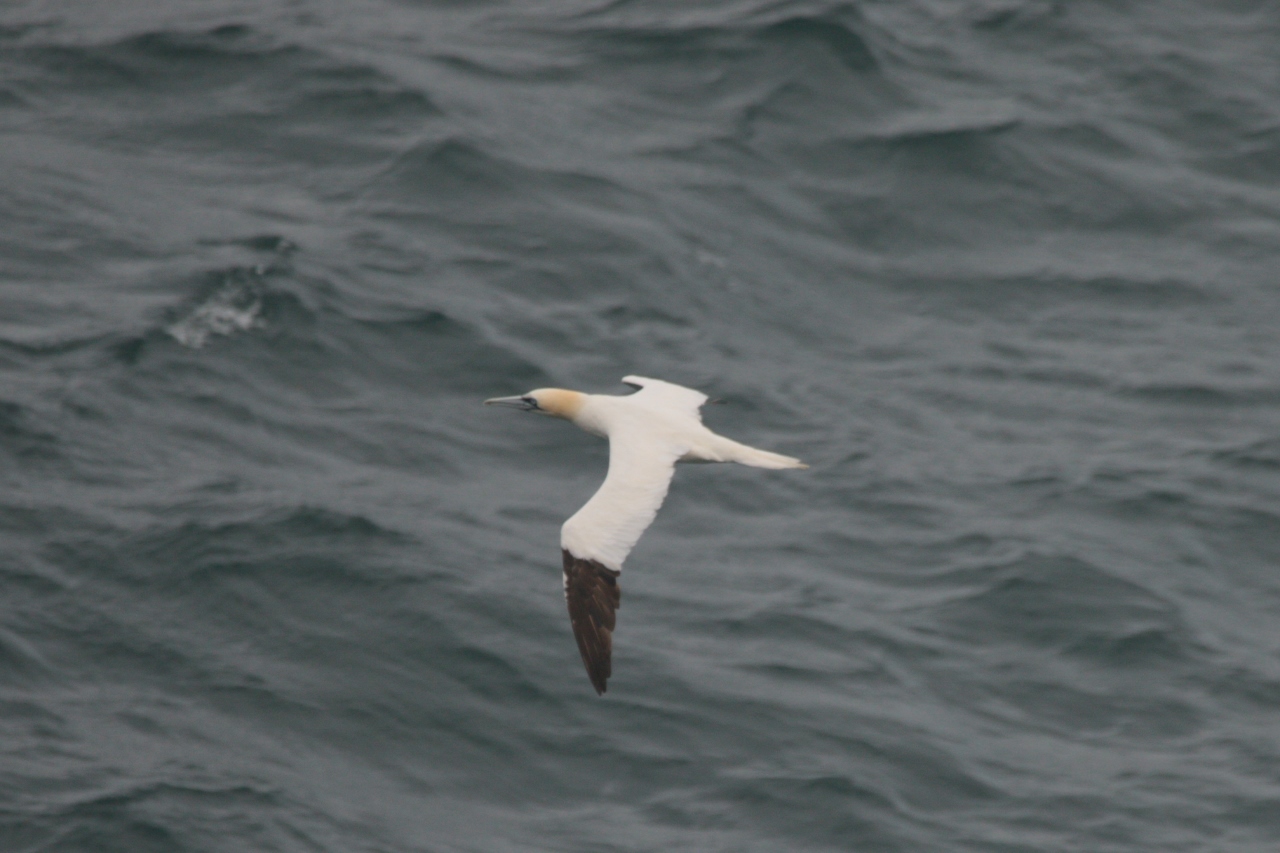
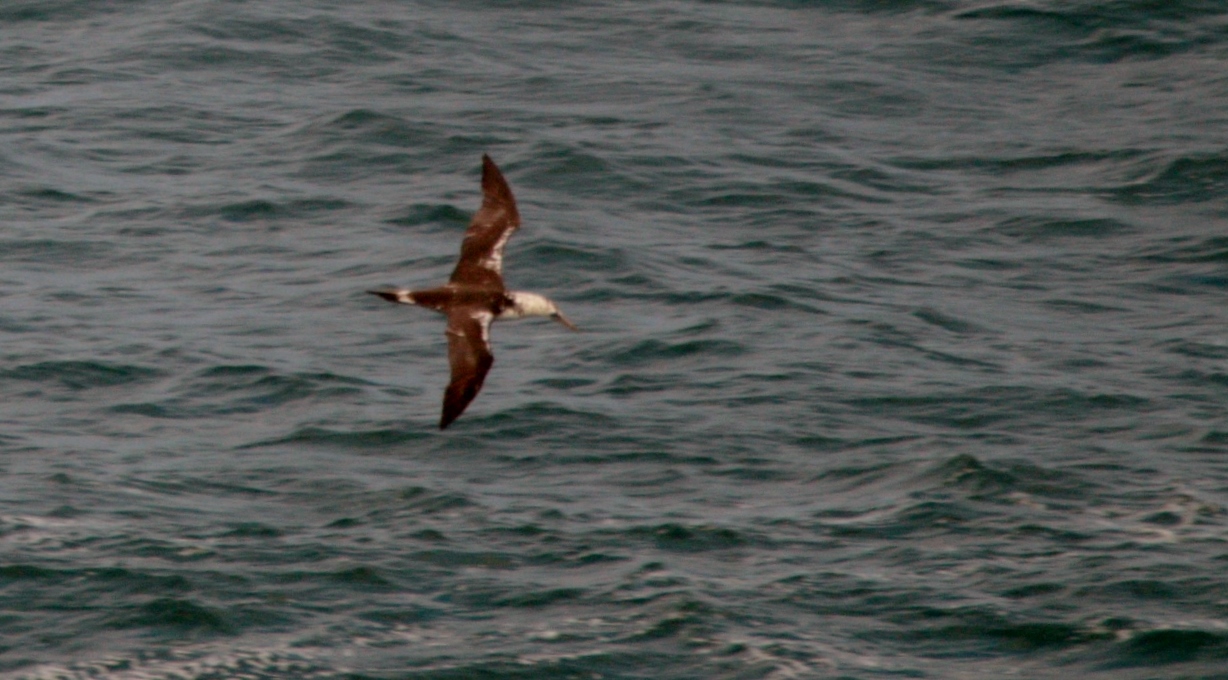

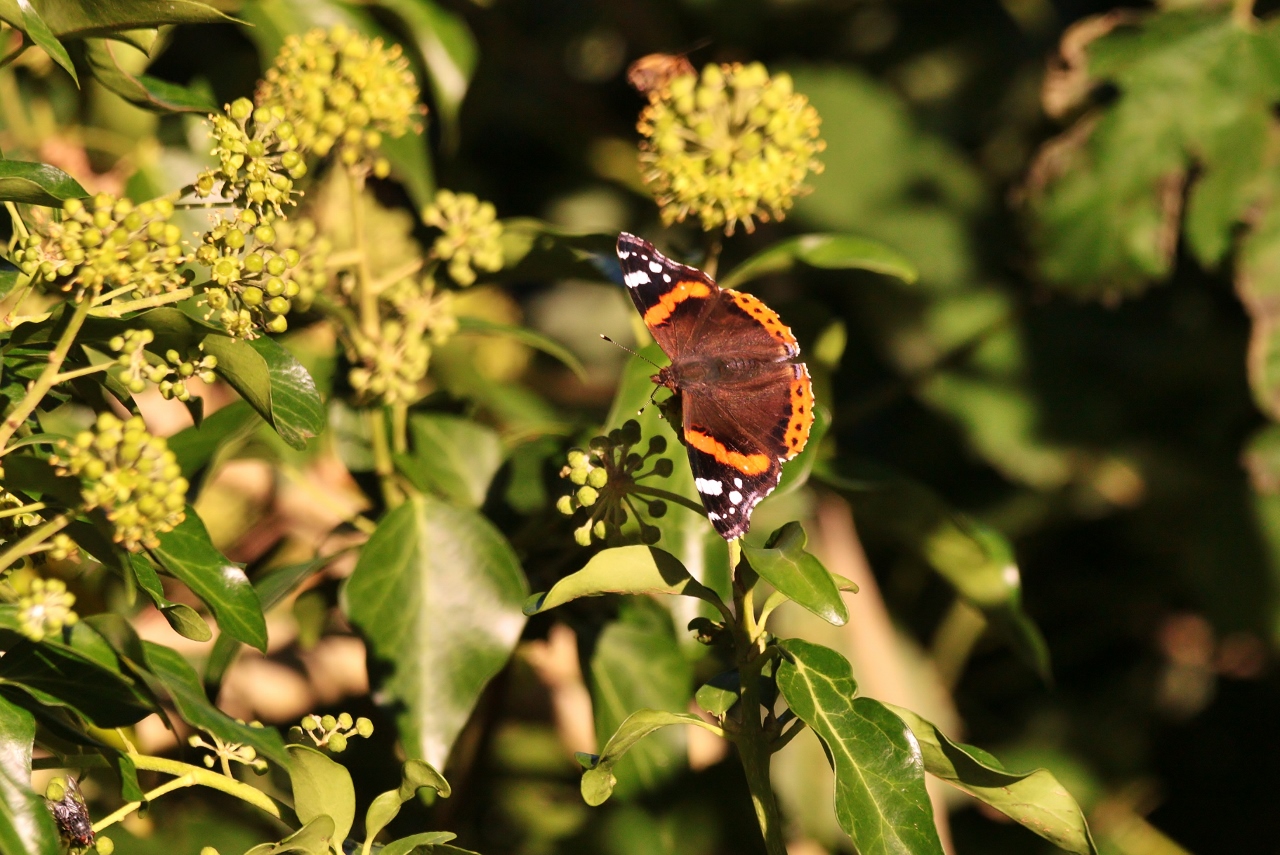
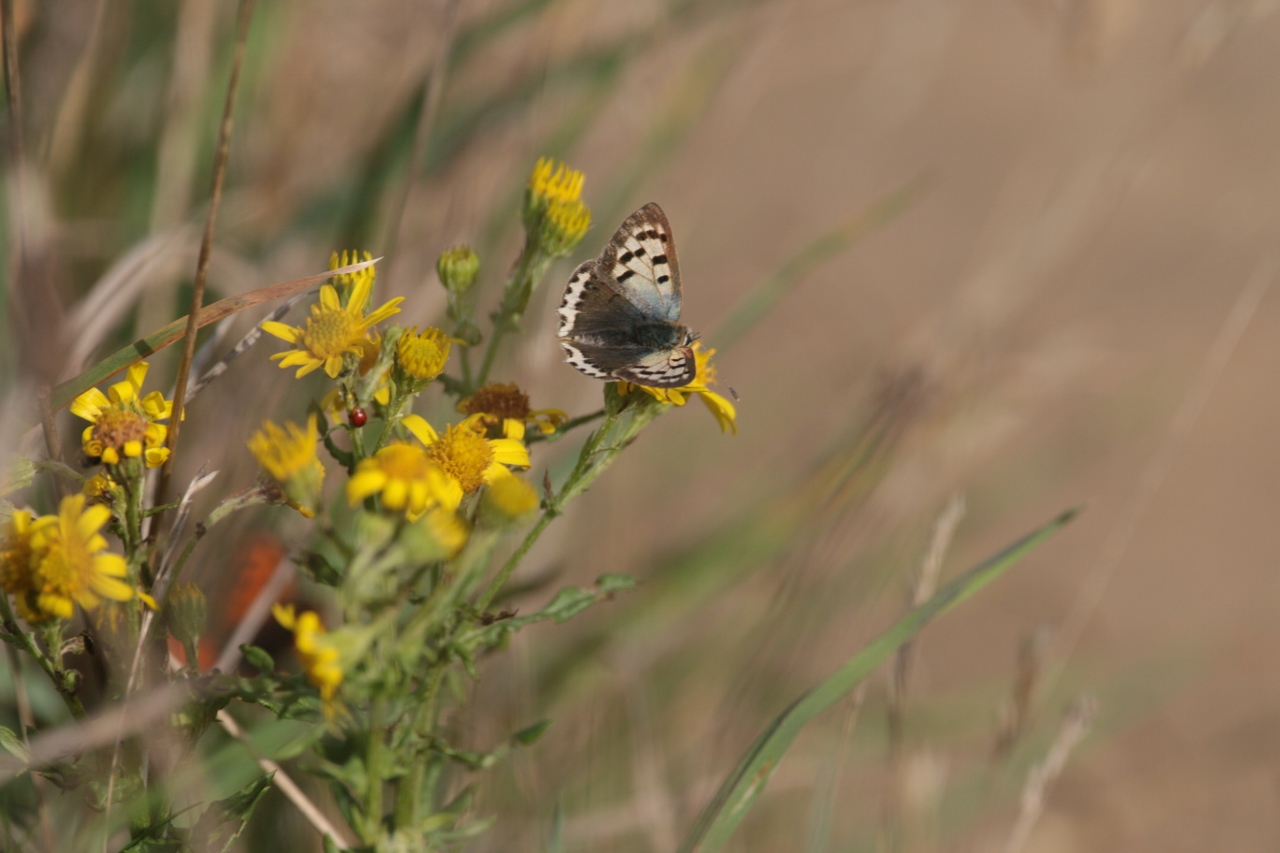

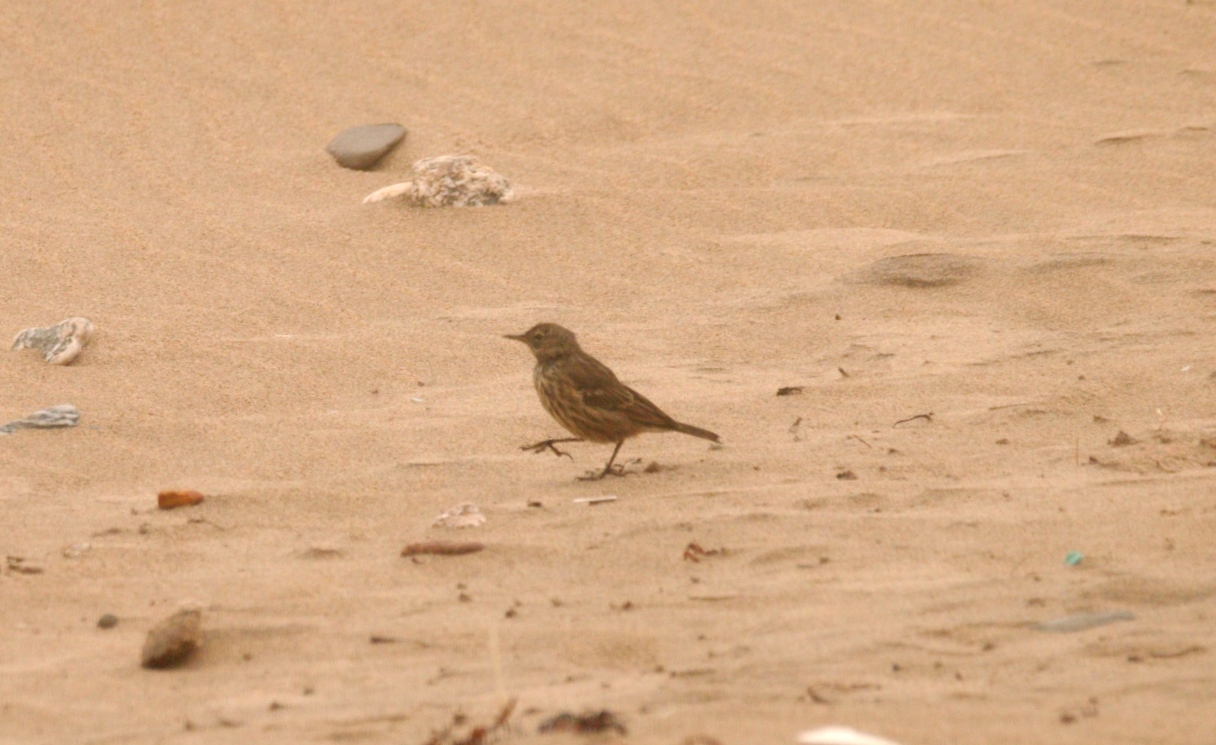
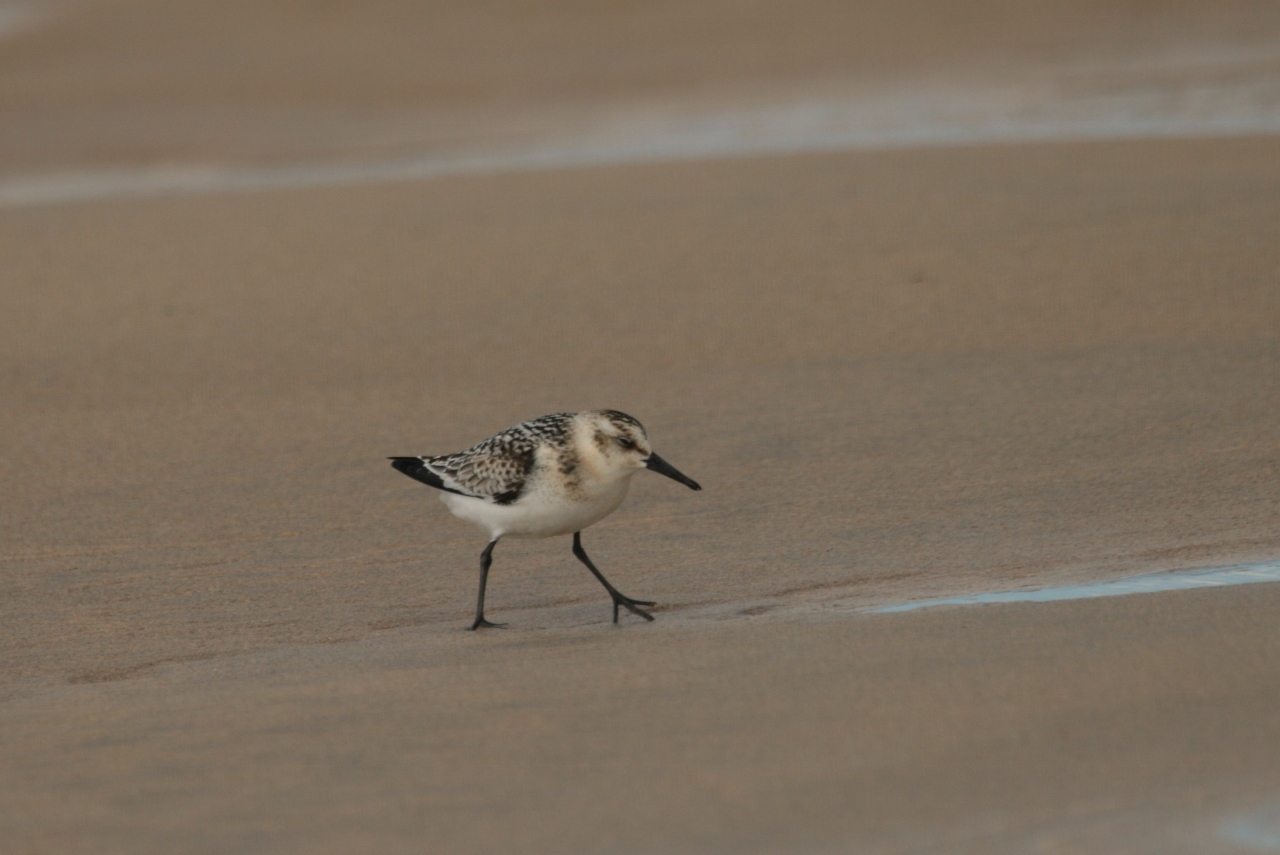
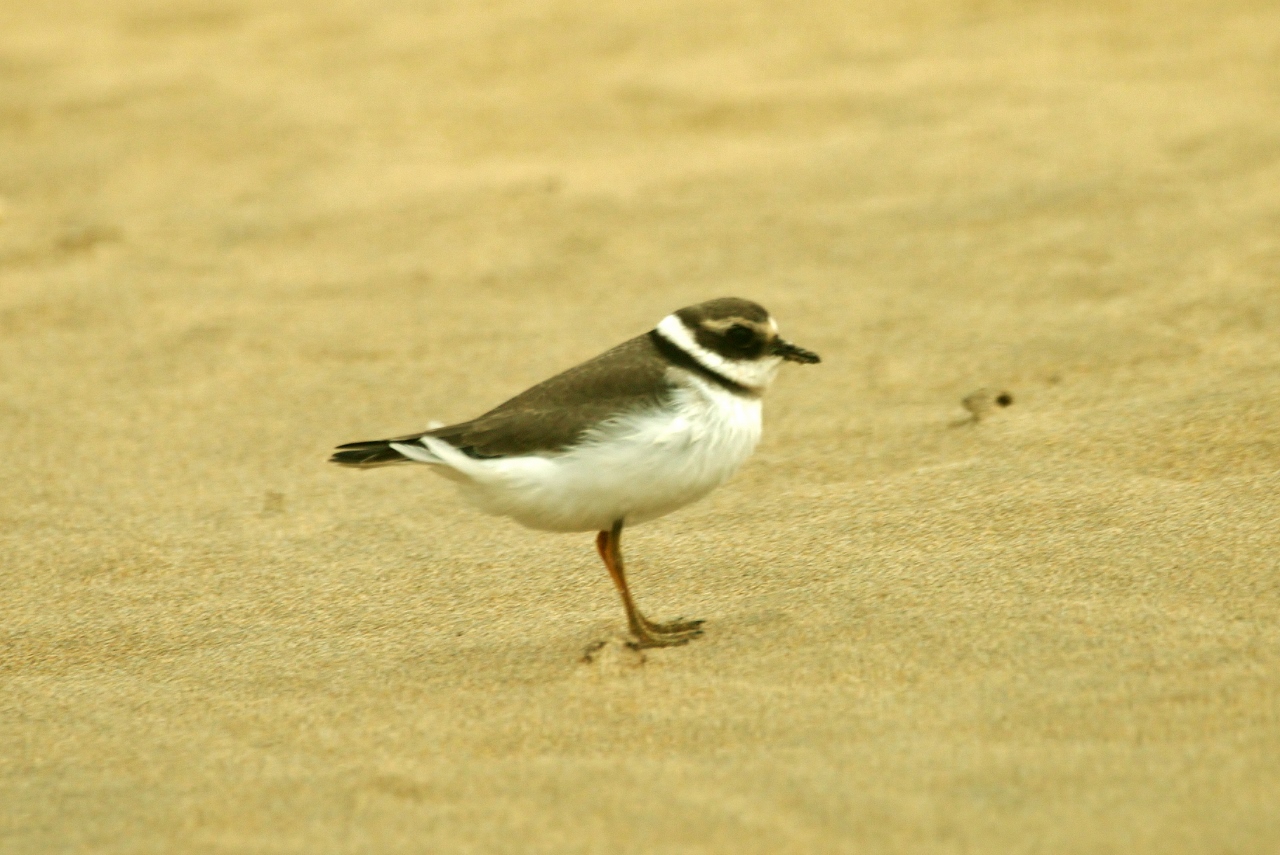

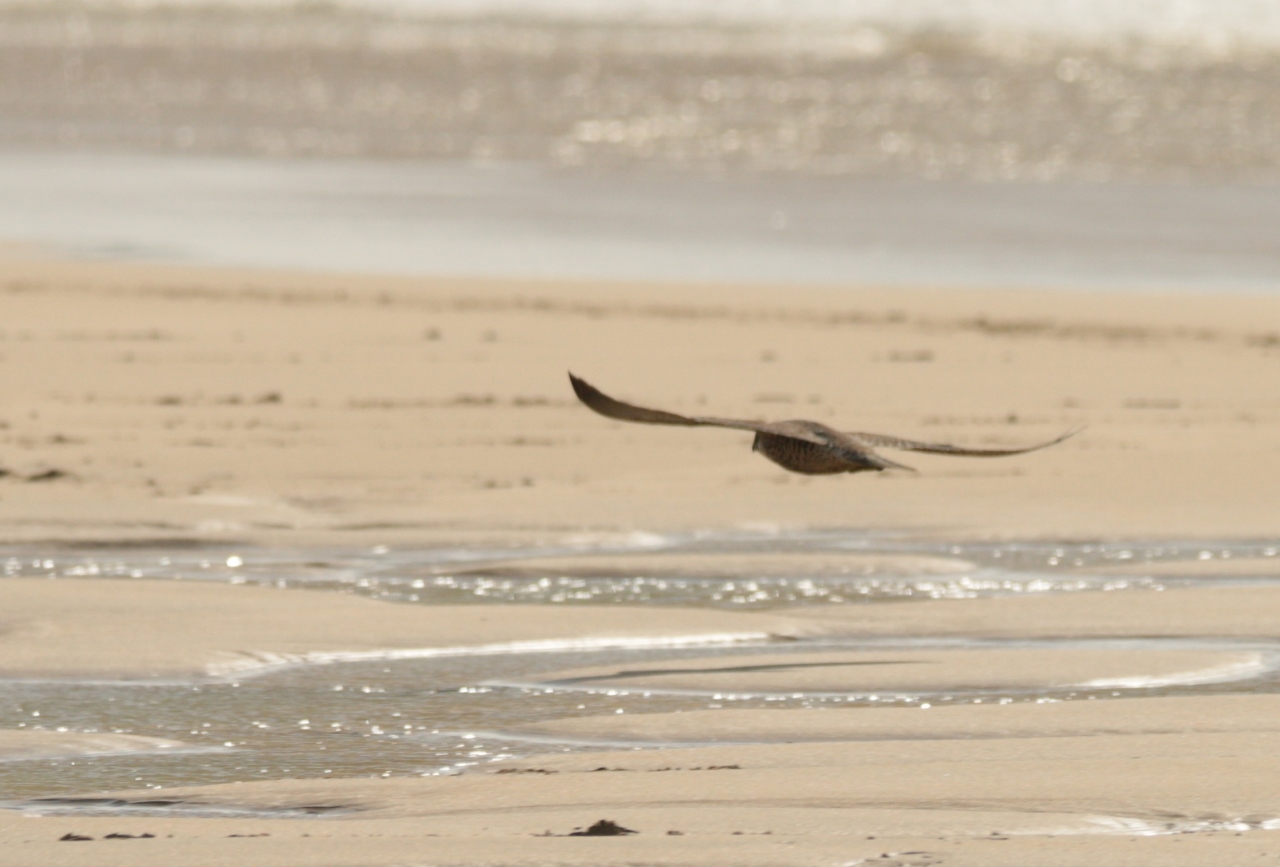


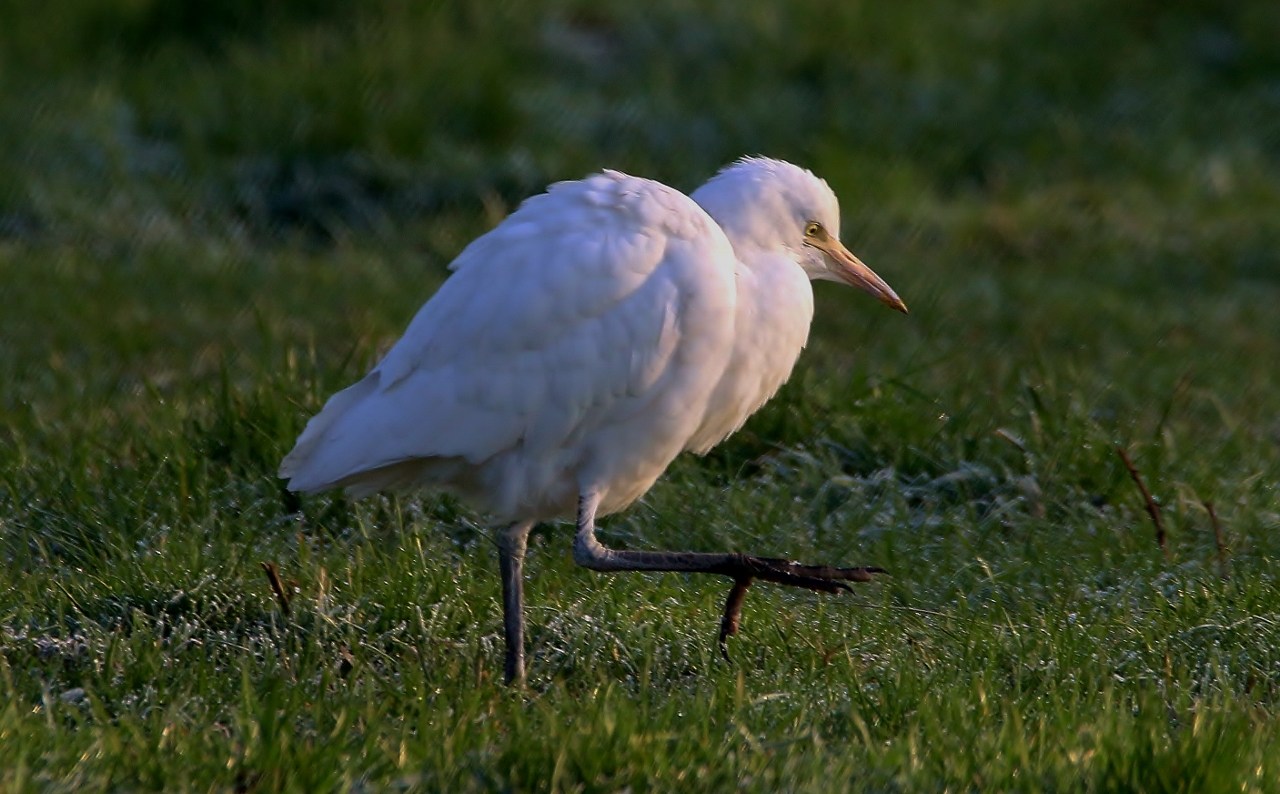

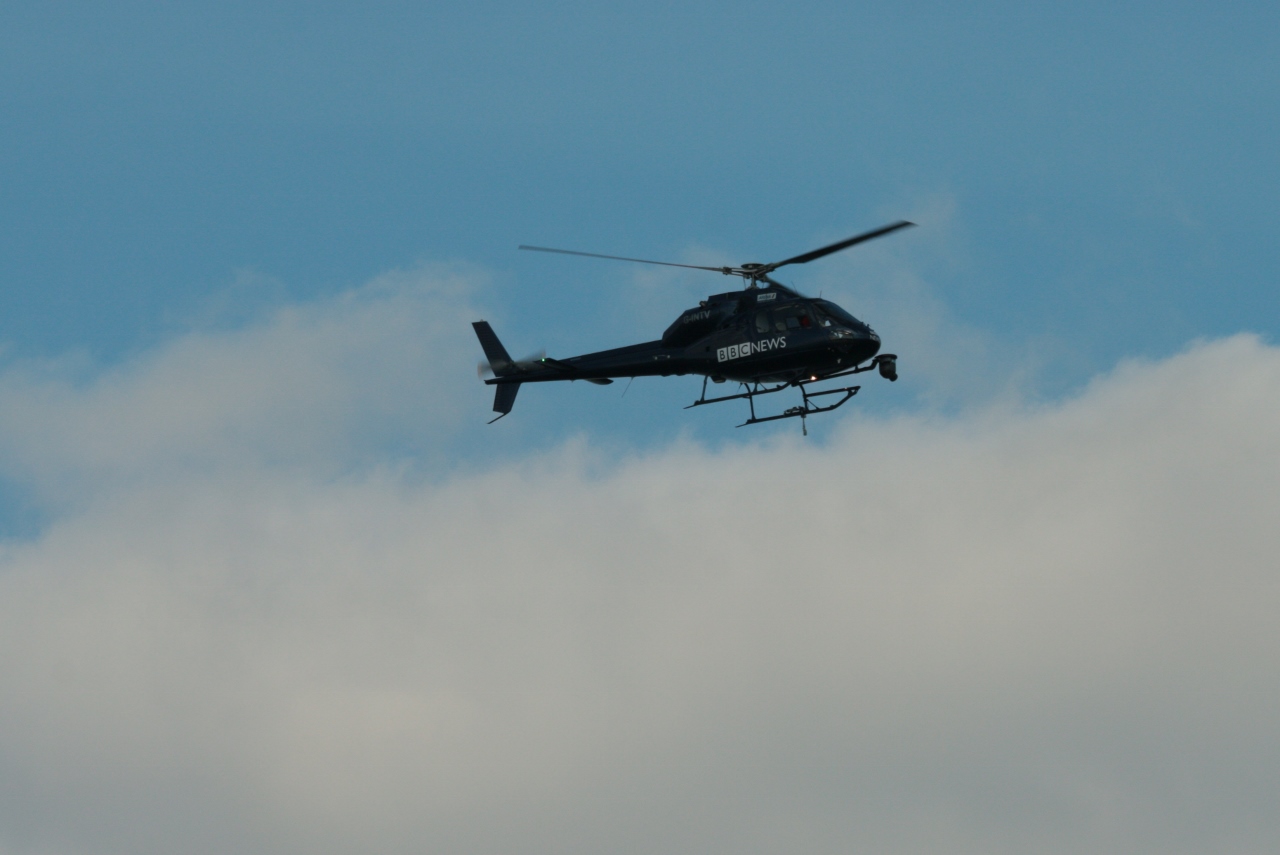

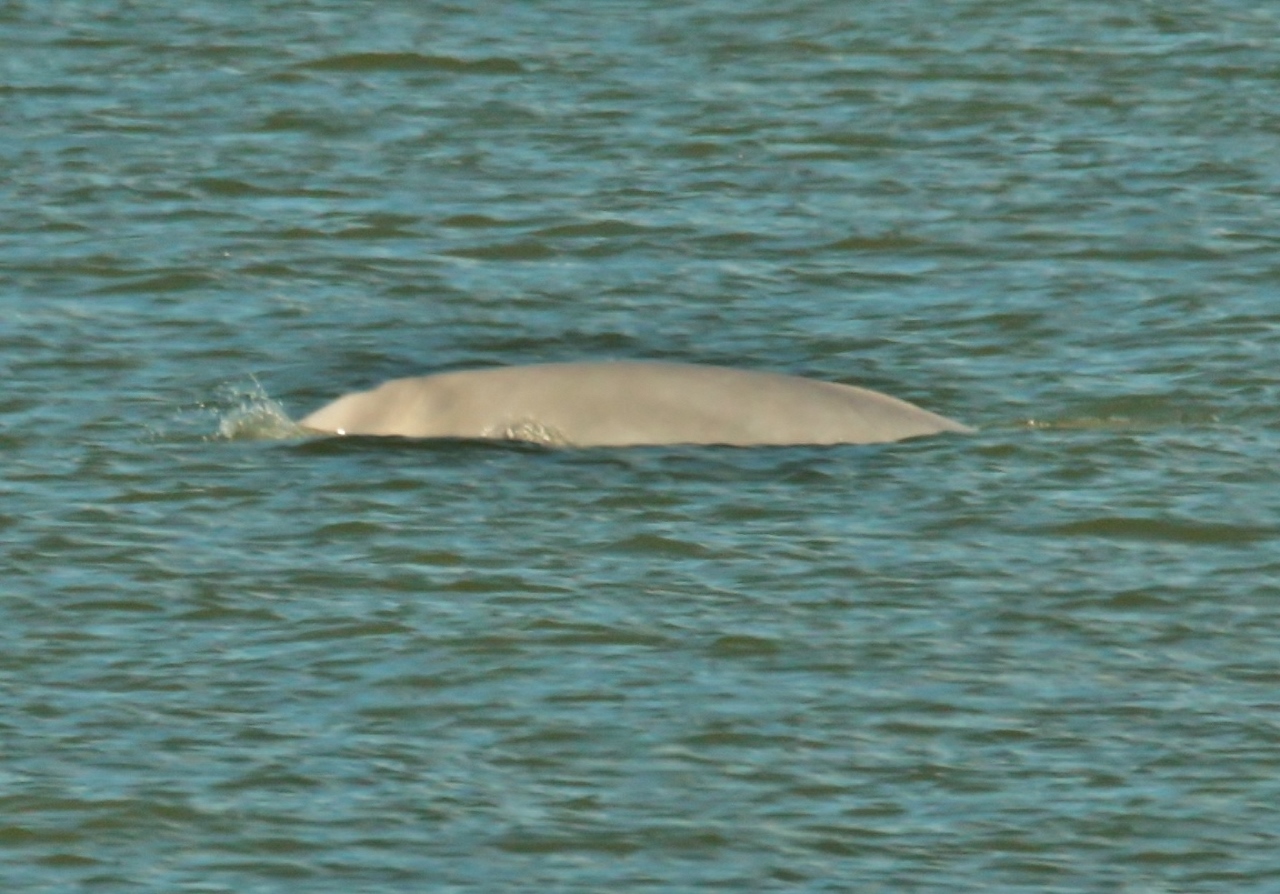
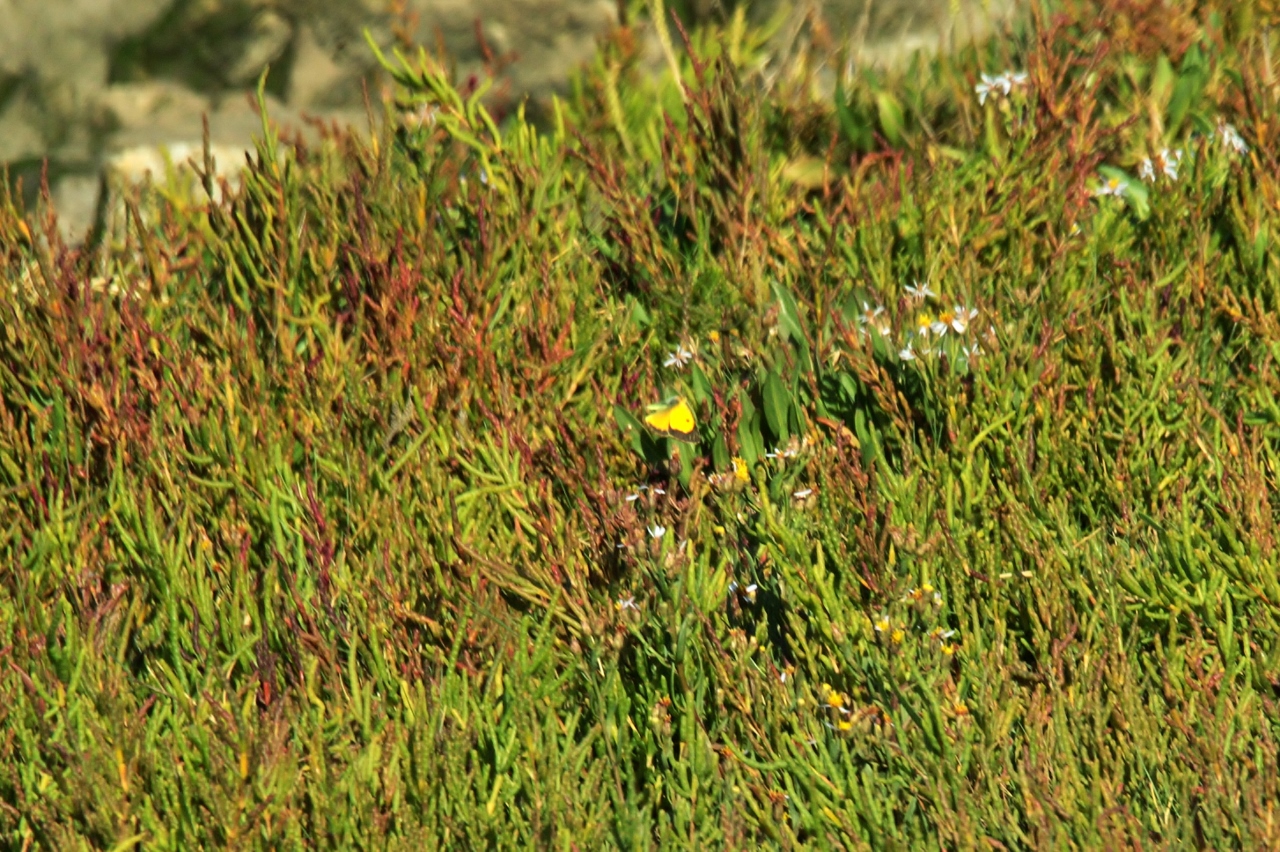
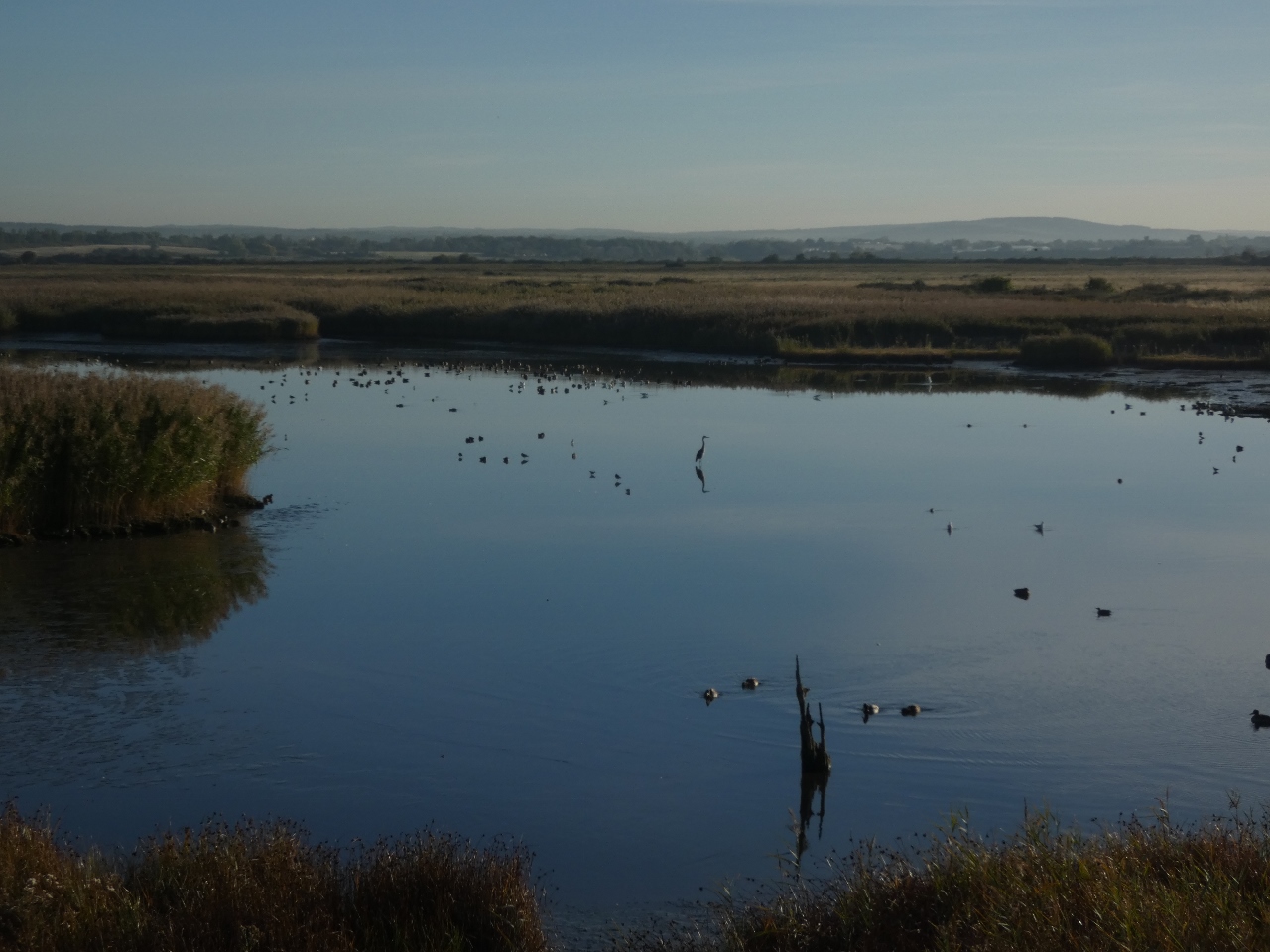

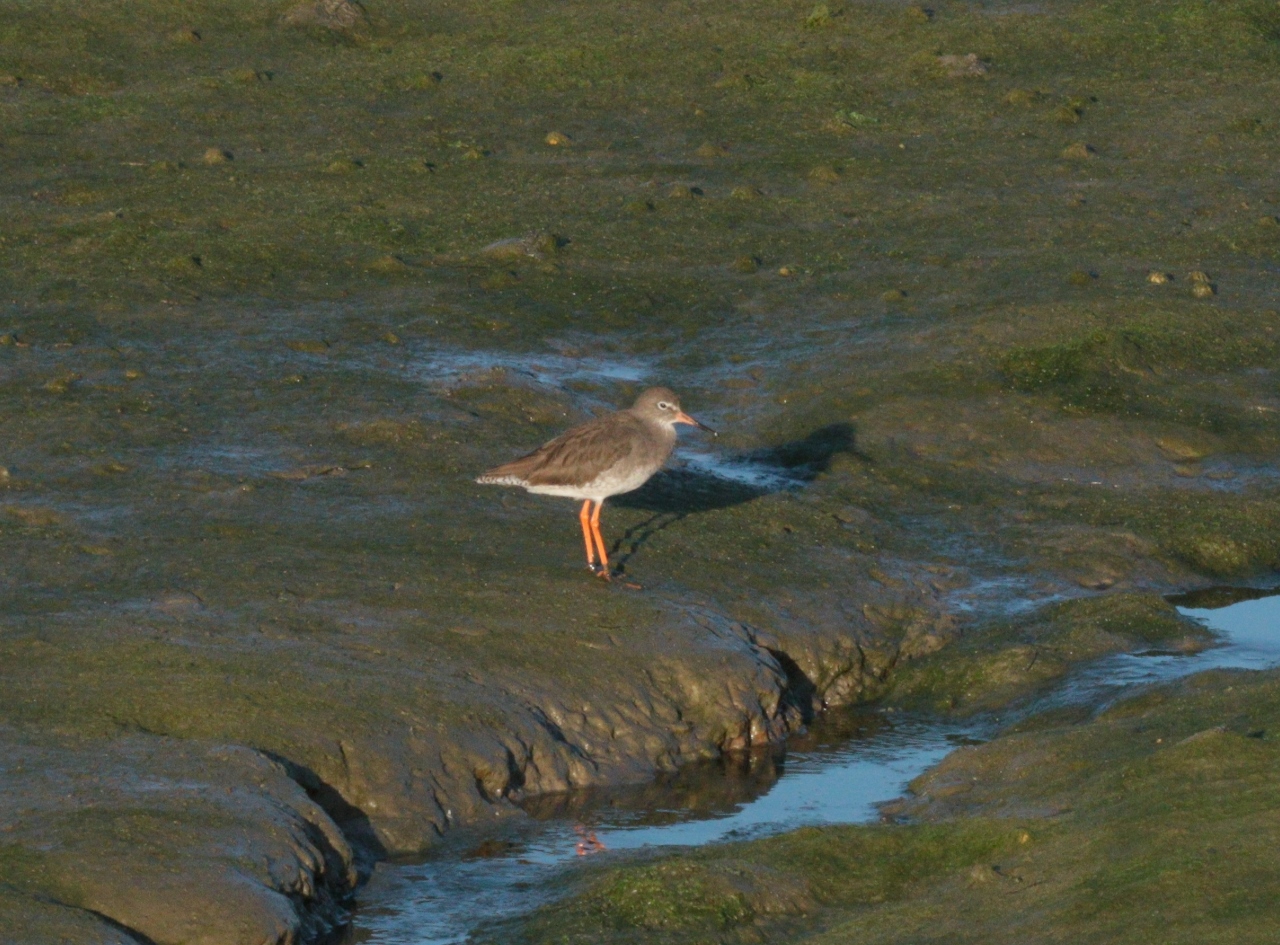
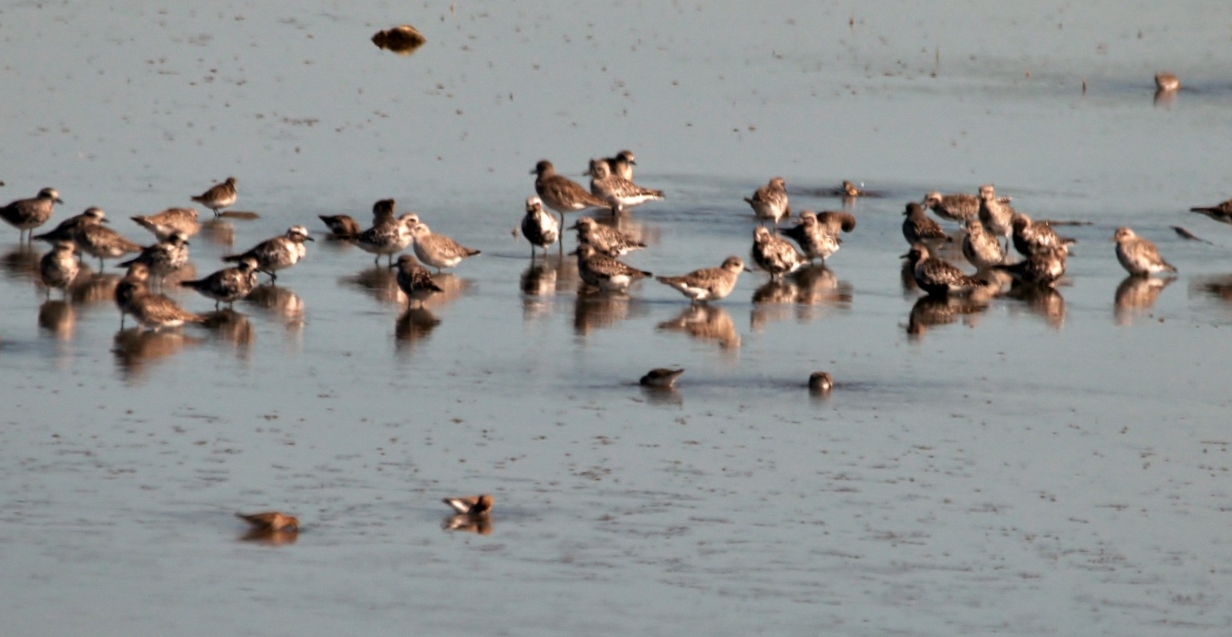
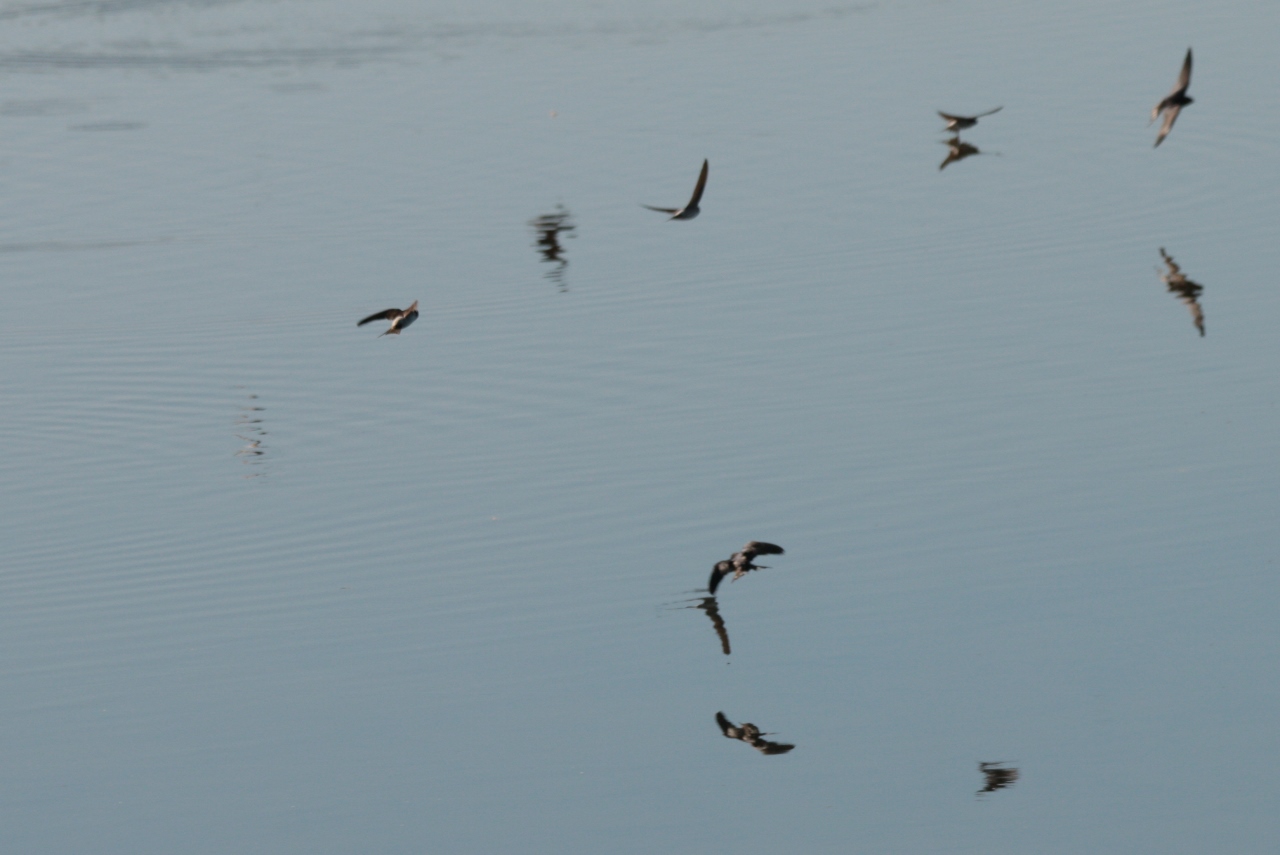
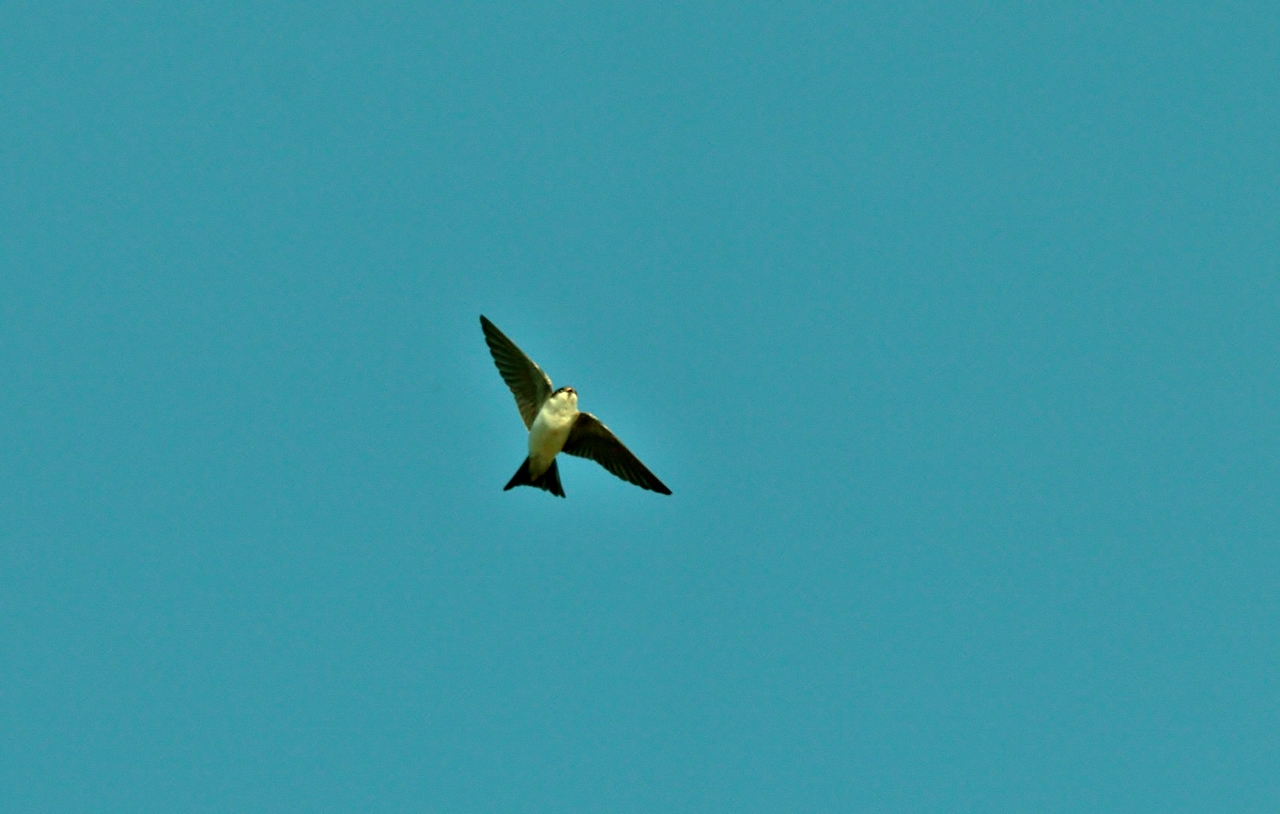
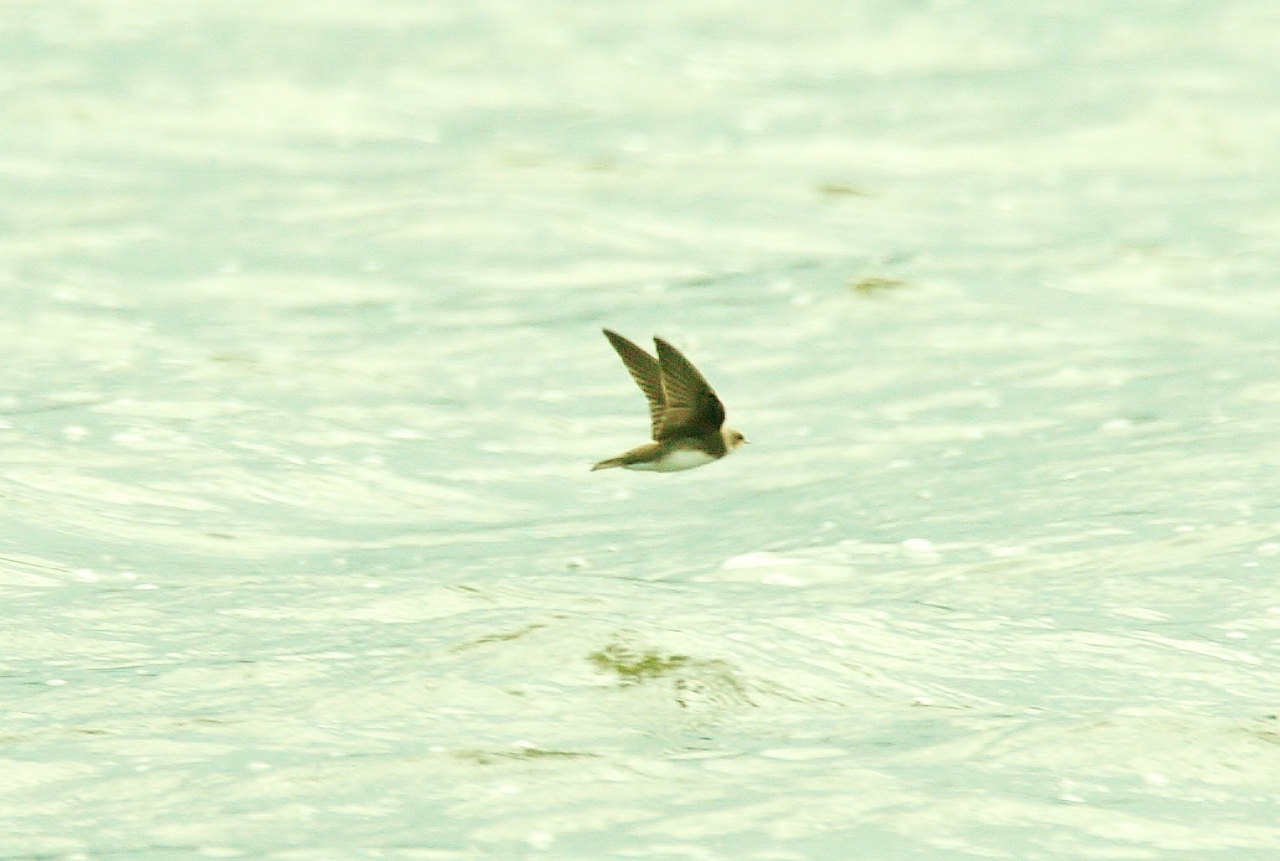

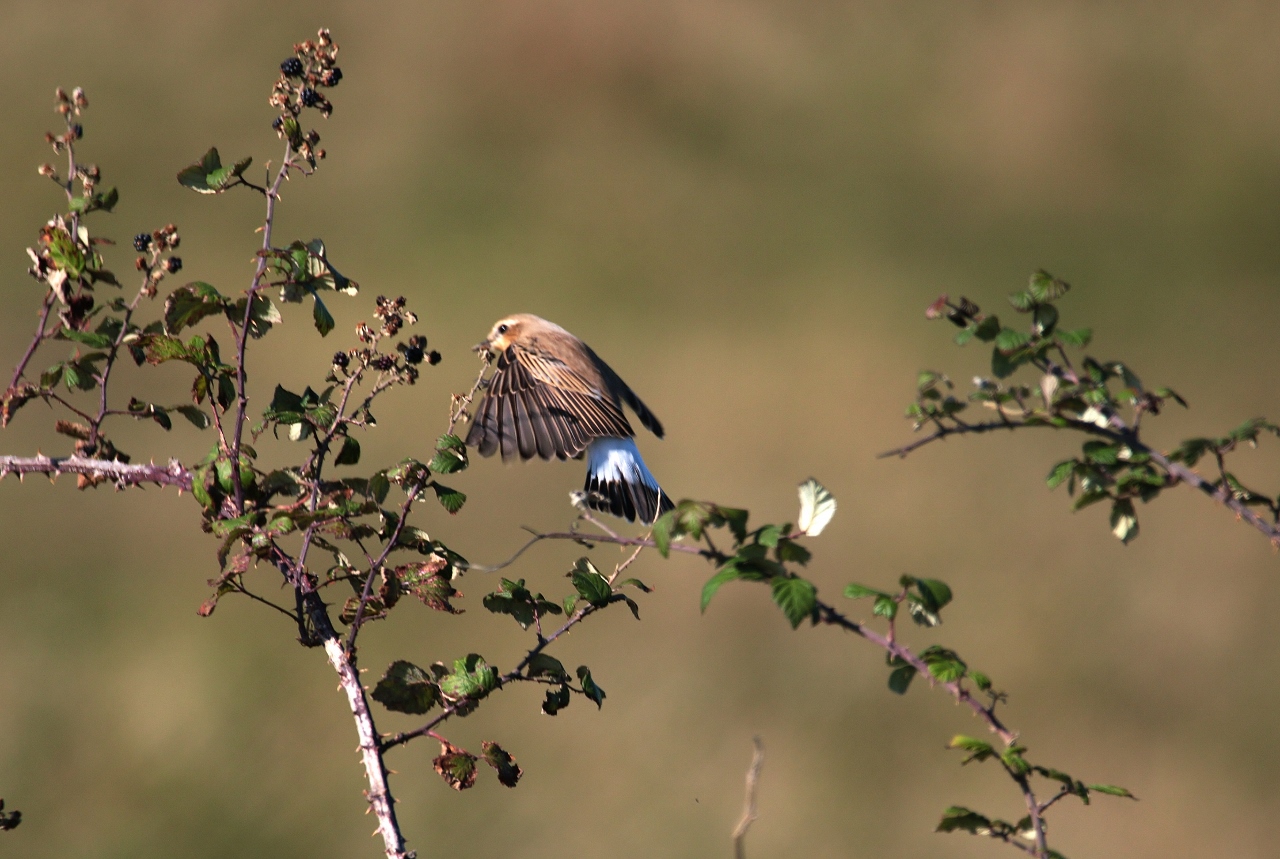
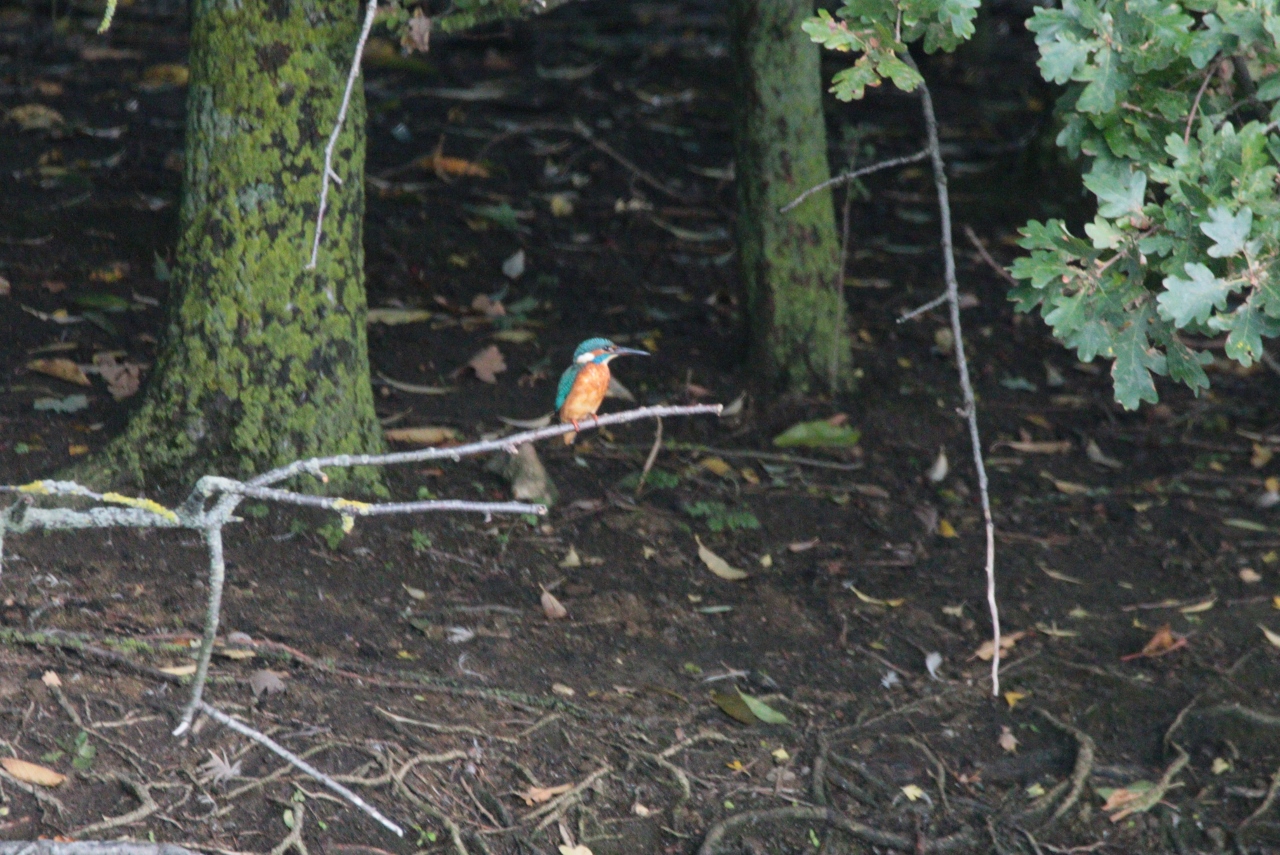
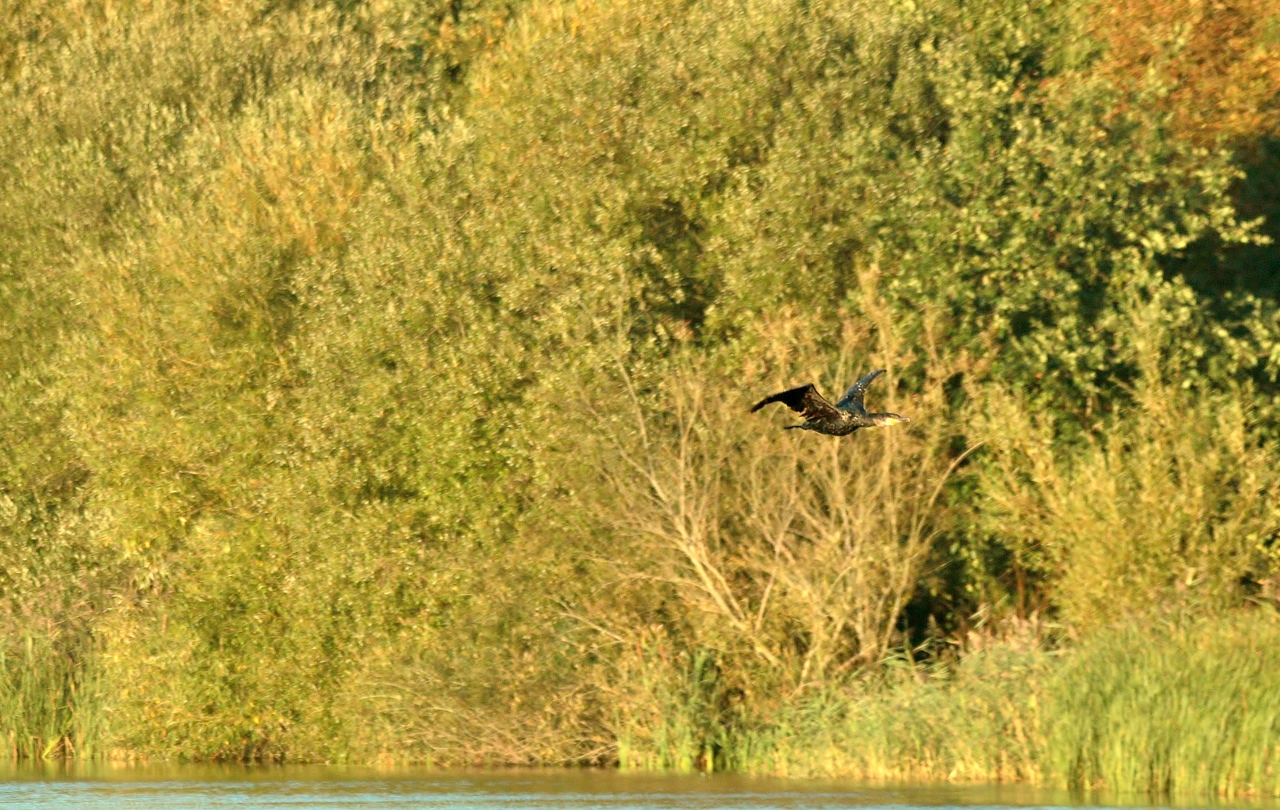
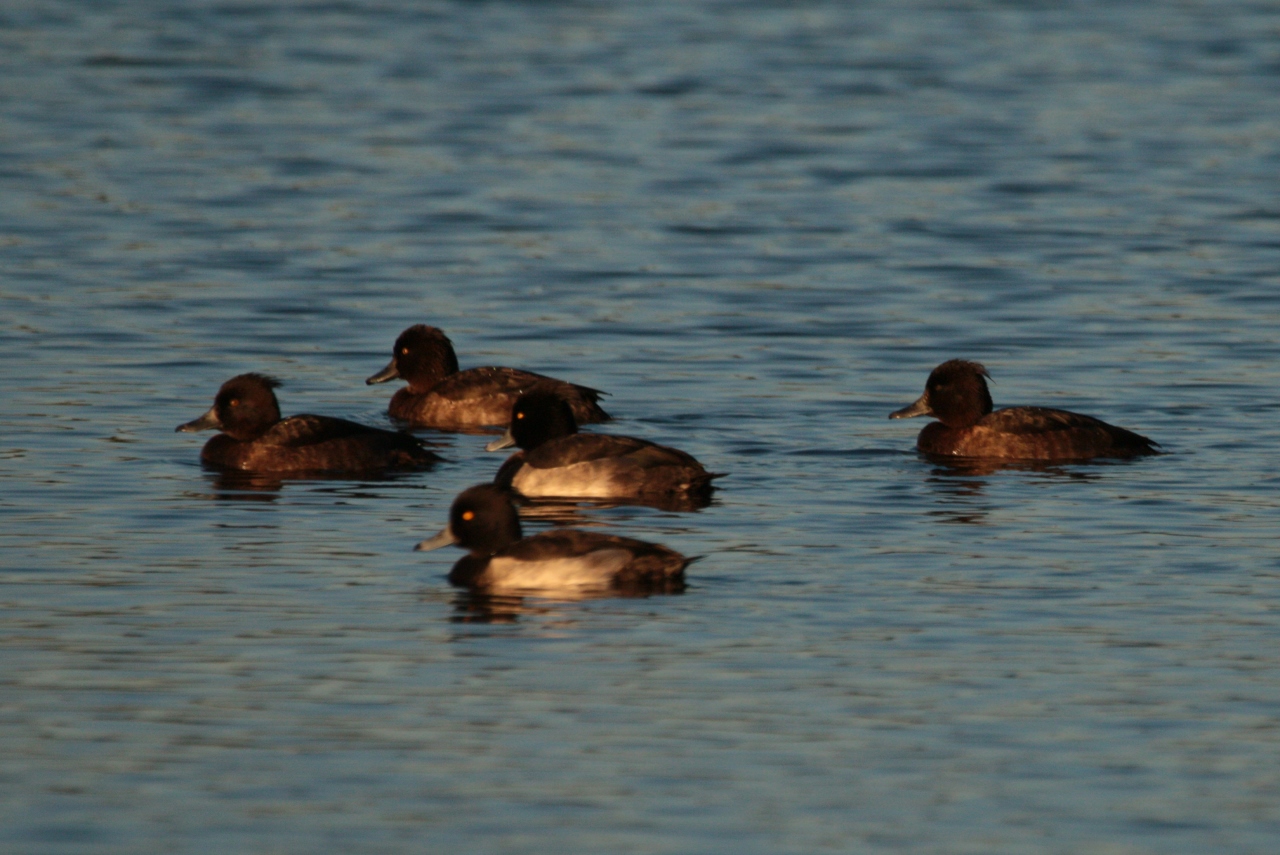
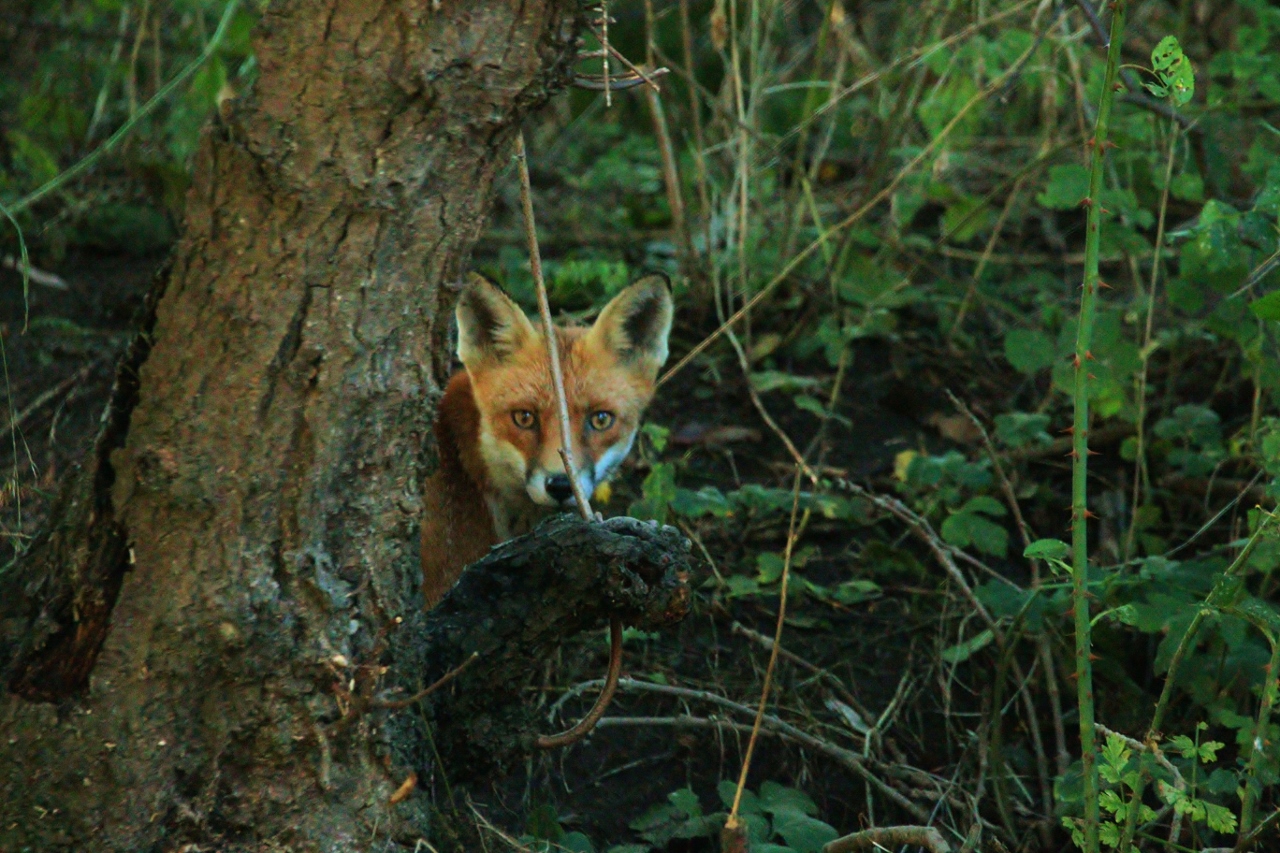
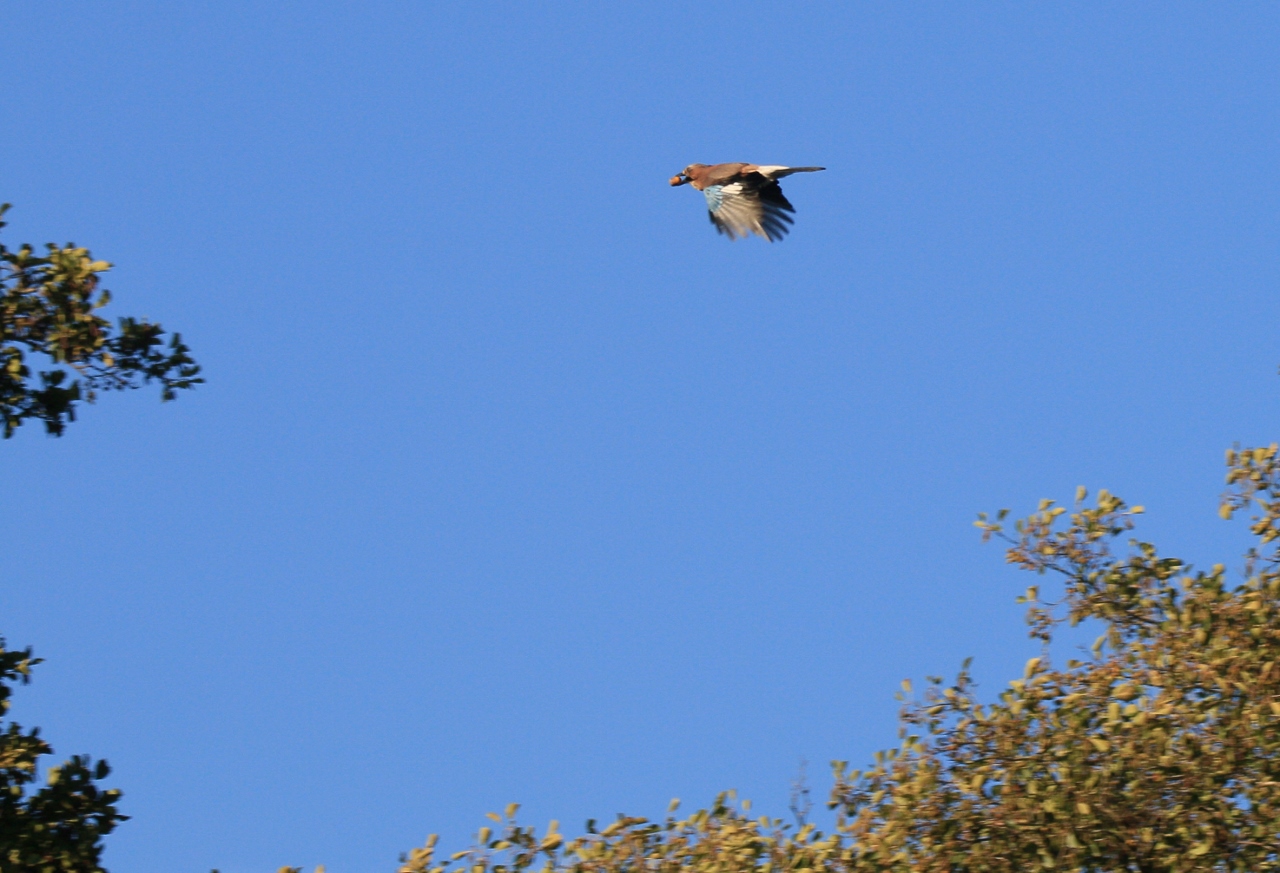


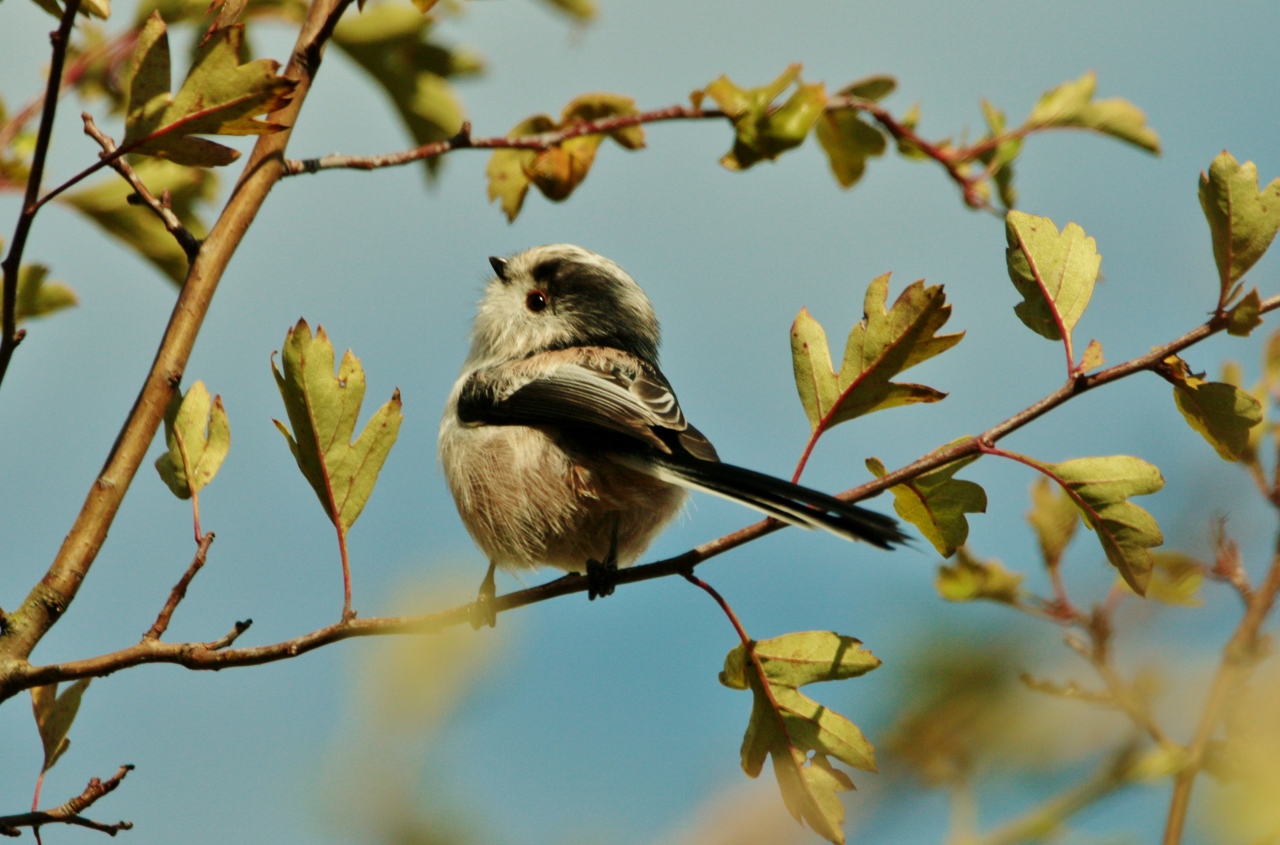
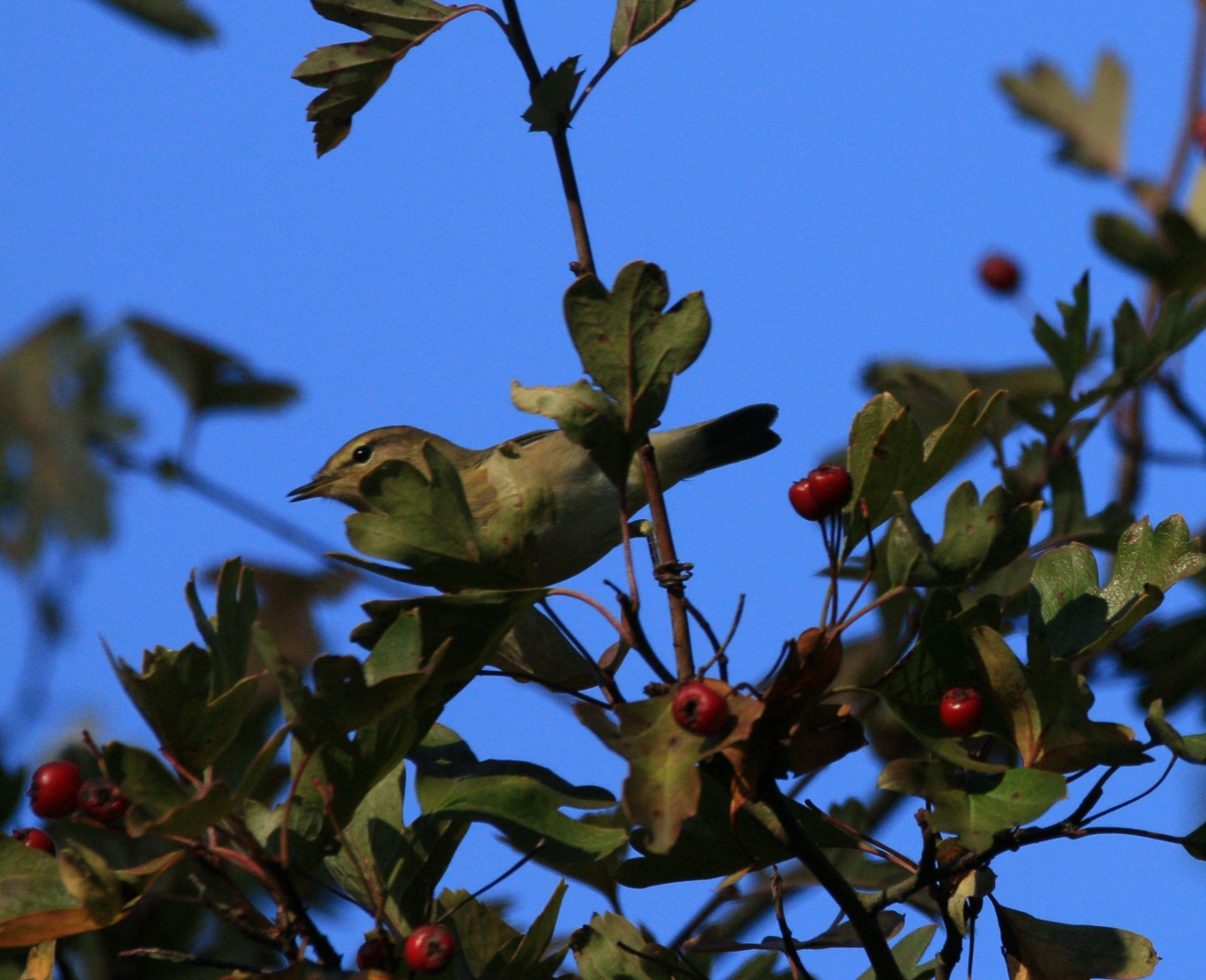
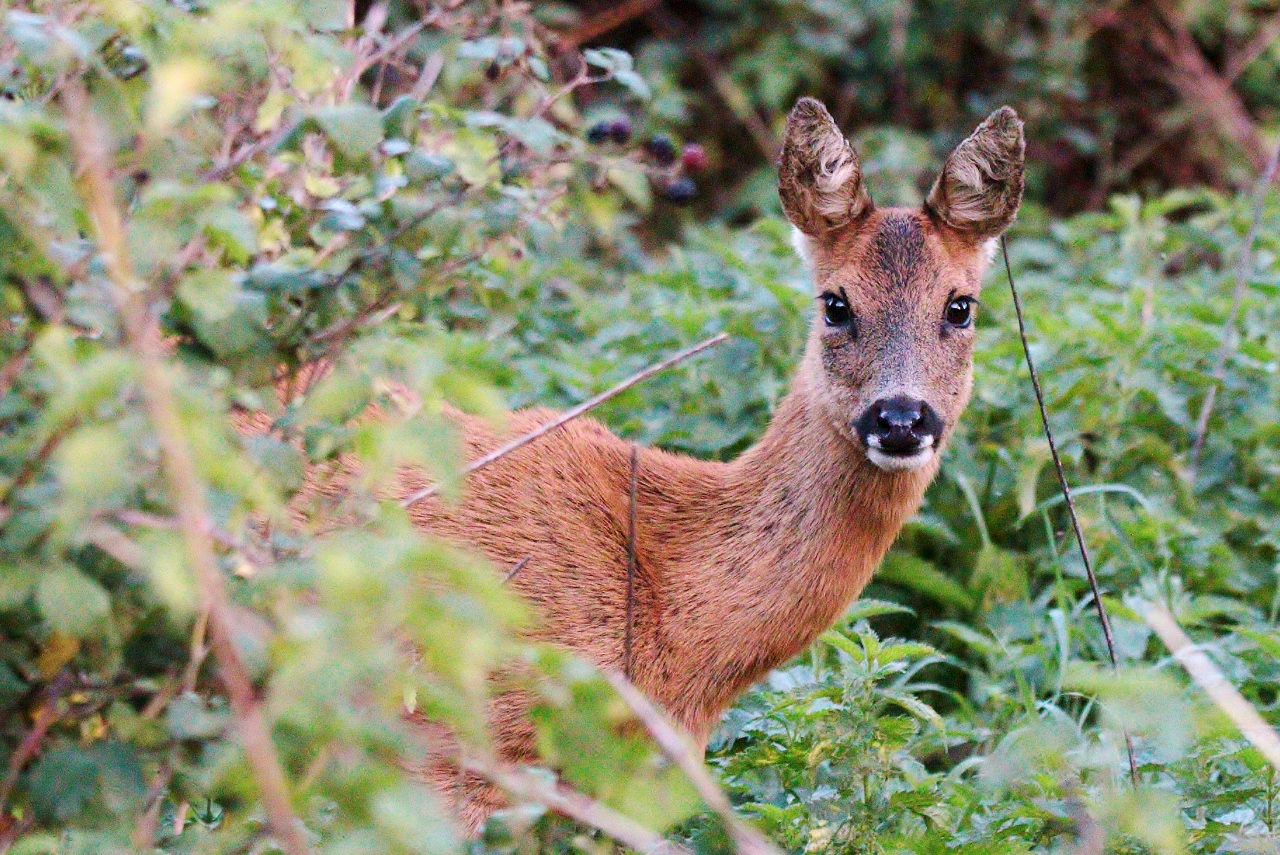
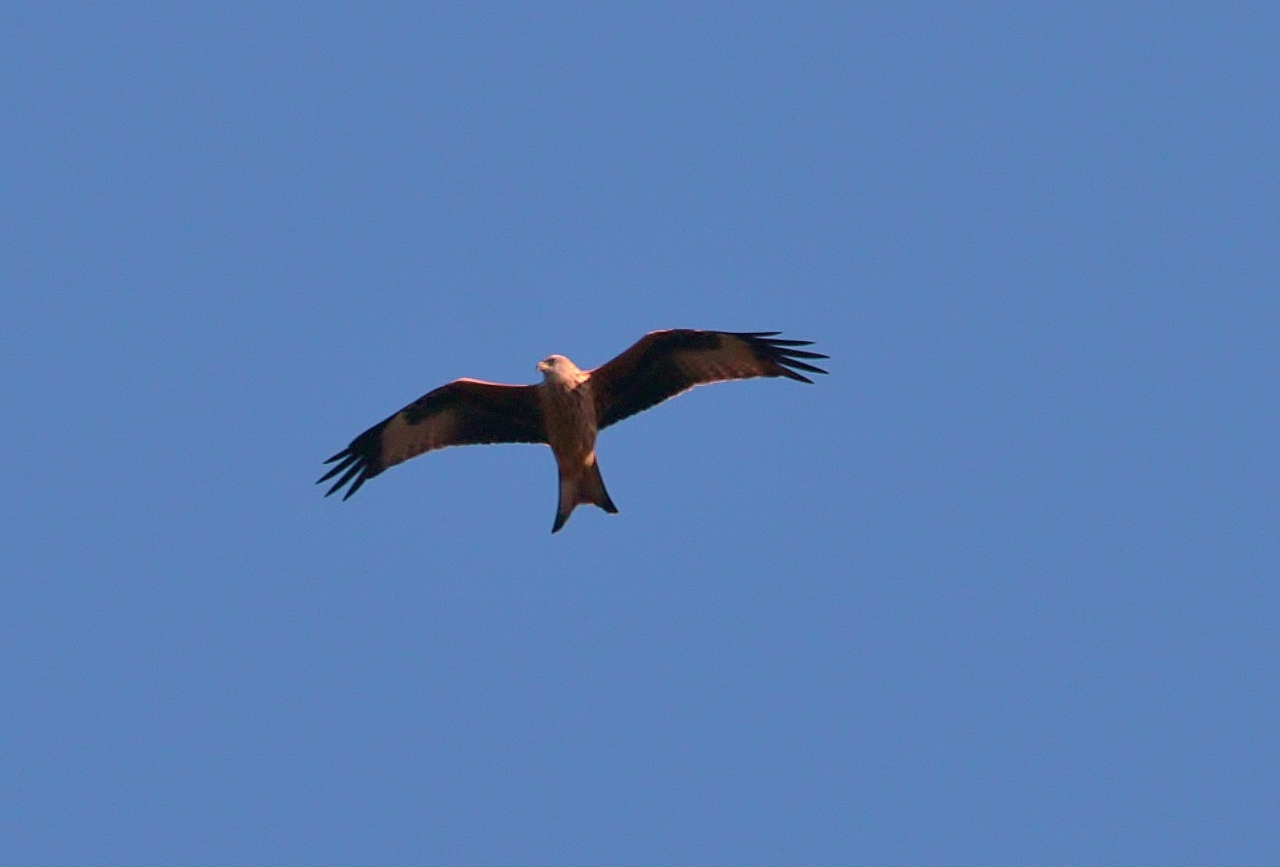
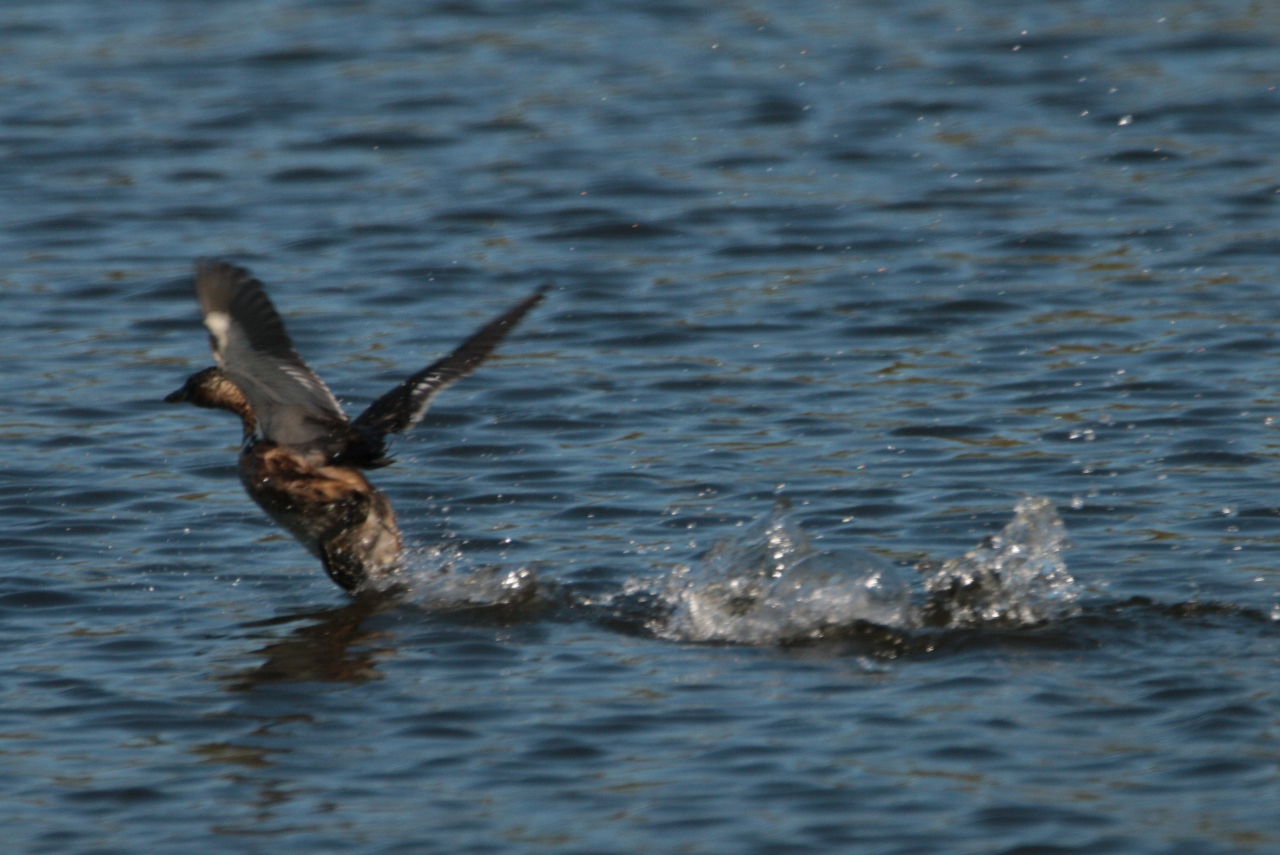

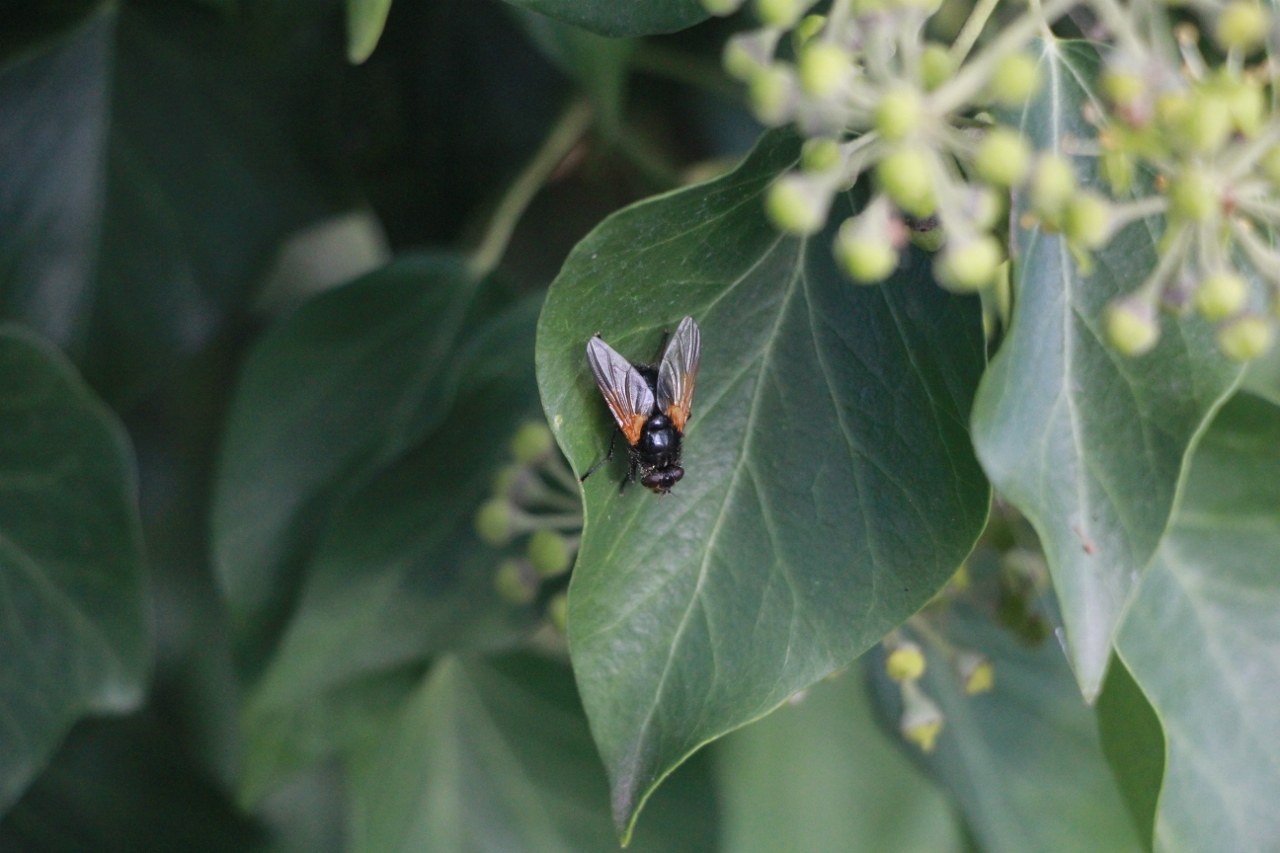
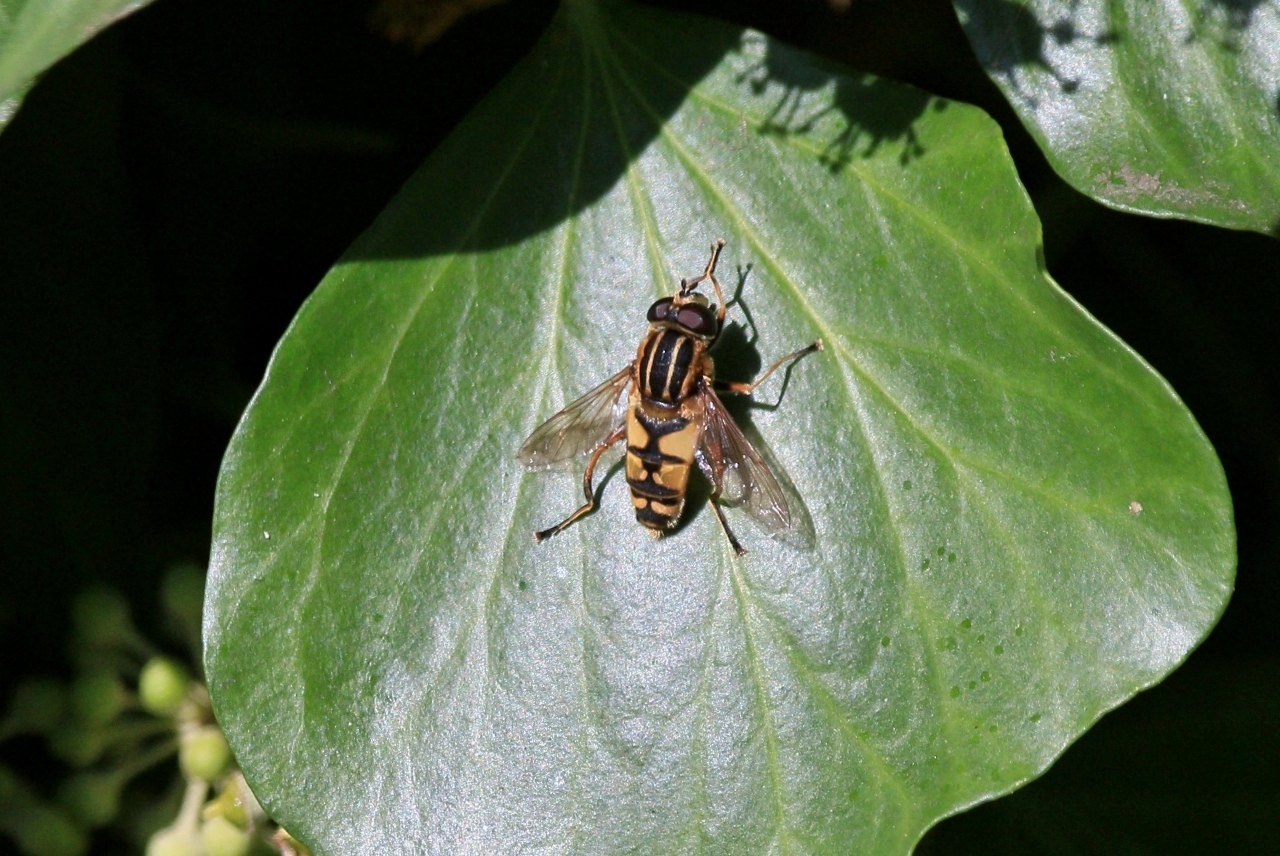
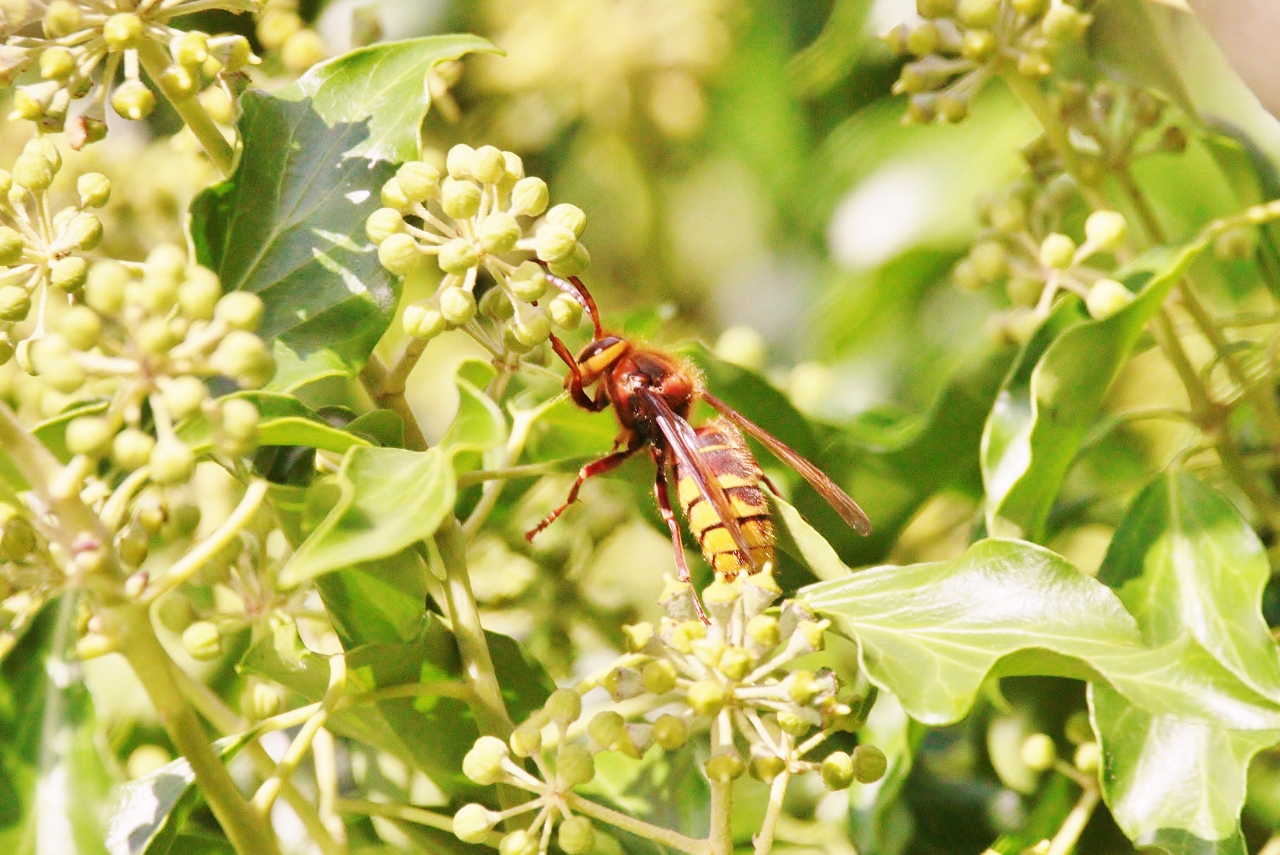

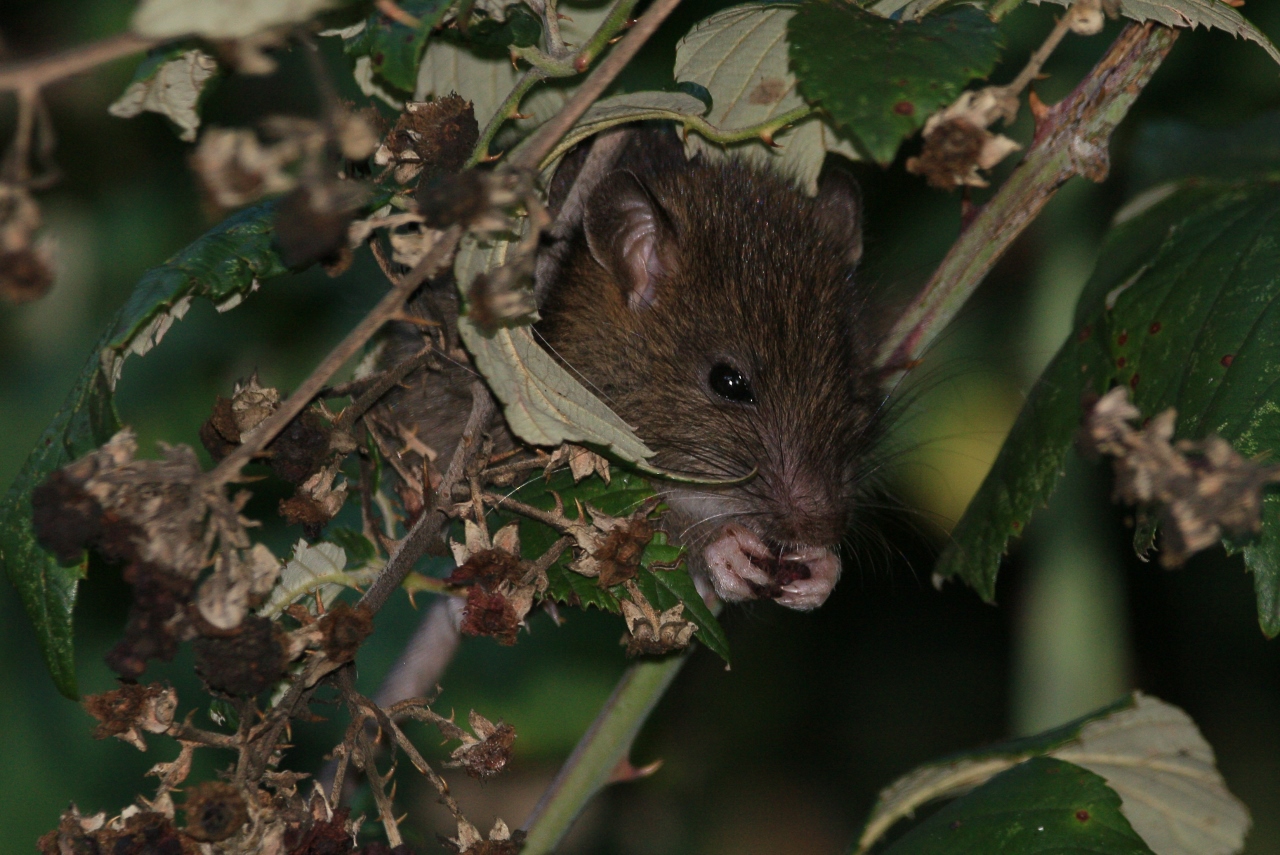
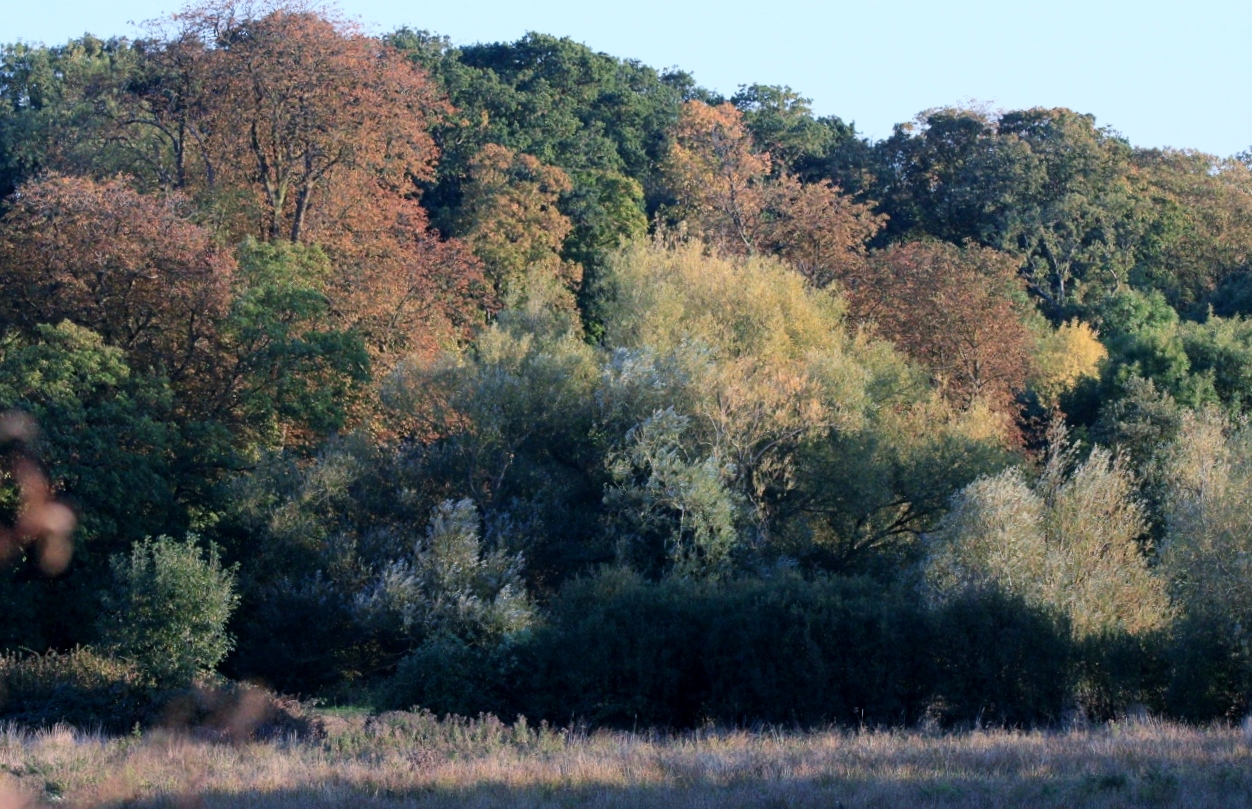










Belinda Barratt
October 7, 2018 at 7:35 pm
Amazing photos as ever Malcolm. So great to see. How fantastic to see the beluga!